It has taken a good seven weeks since we returned from Europe to reach my last missive on the subject of our jaunt to the UK and to the Greek islands. In part this is because our experience over there was so varied and so rich (and I found I had taken so many photographs that I wanted to share) that it has taken this long to get all of my thoughts and all of the images organised for presentation. I hope that this extended rumination on our adventures has not too badly outstayed its welcome.
Anyway…
When in Athens…
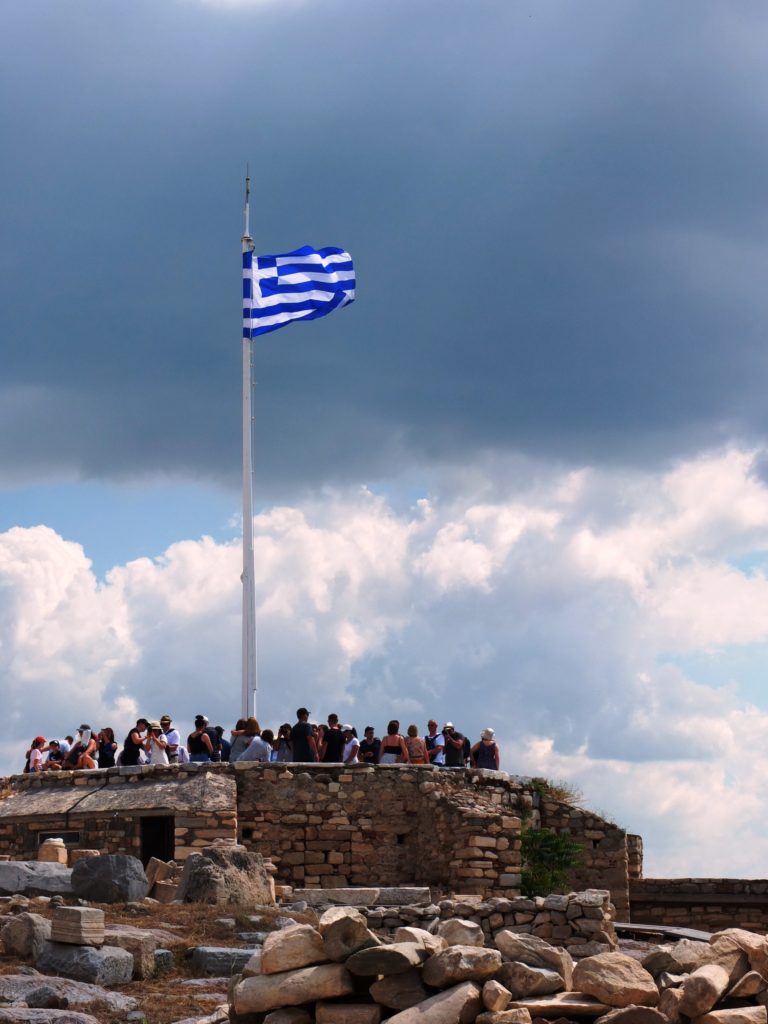 …one must visit the Acropolis and see the Parthenon (along with much of the other antiquity on offer in the city). We hired a young archeologist to act as a guide and set forth under the blazing sun. Photographs were very much in order. Here are the barbarian hordes, storming the Propylaea.
…one must visit the Acropolis and see the Parthenon (along with much of the other antiquity on offer in the city). We hired a young archeologist to act as a guide and set forth under the blazing sun. Photographs were very much in order. Here are the barbarian hordes, storming the Propylaea.
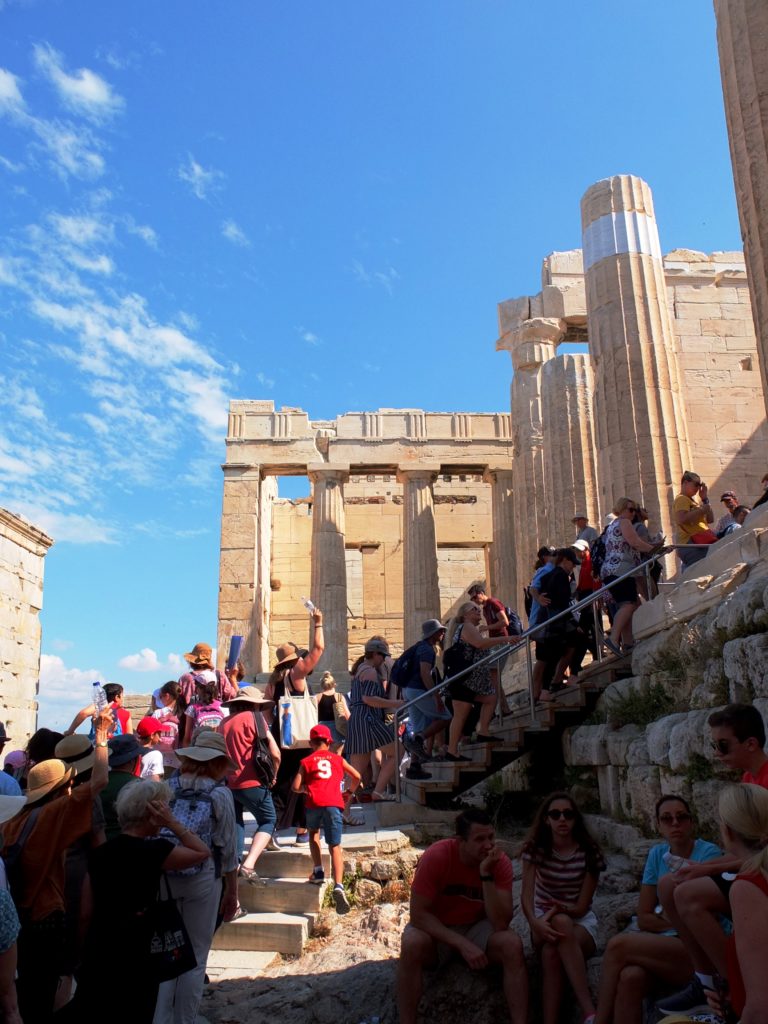 The Acropolis hill hosts a number of major structures in addition to the Parthenon itself. This is the Erechtheion with its famous porch of Caryatids.
The Acropolis hill hosts a number of major structures in addition to the Parthenon itself. This is the Erechtheion with its famous porch of Caryatids.
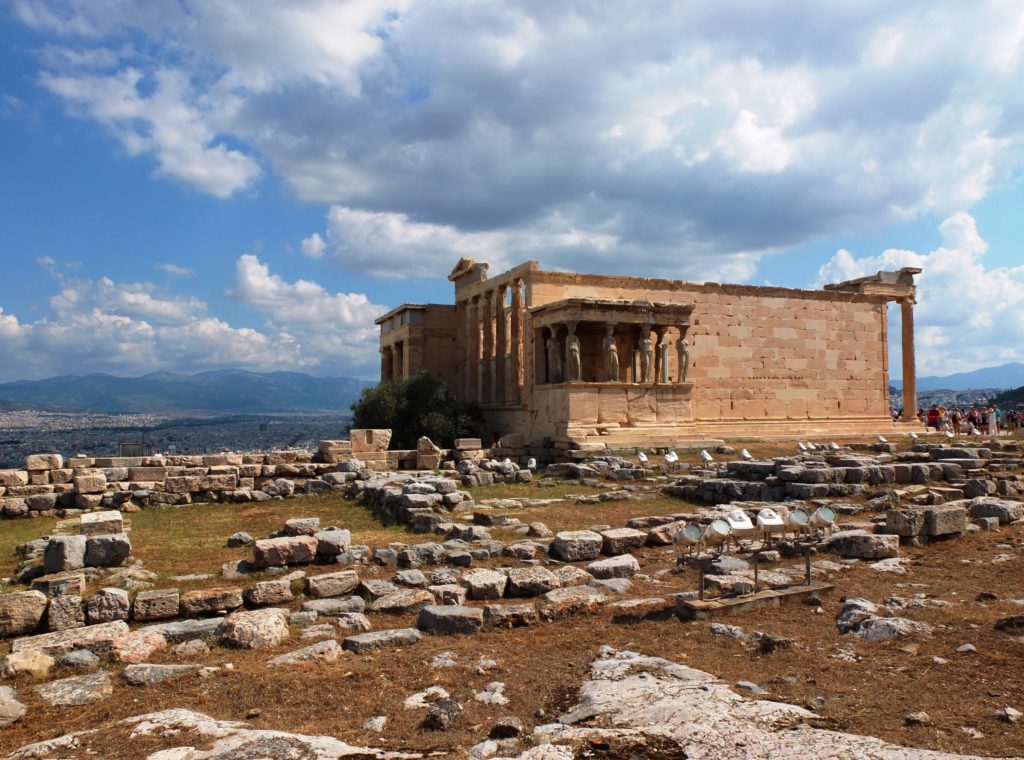 It is no surprise that the monument is under continual – and, nowadays, sympathetic – restoration. There are strict limits on how much non-original material is permitted in the rebuilding and the use of different shades of stone enables the casual visitor to understand what is reproduction and what is not.
It is no surprise that the monument is under continual – and, nowadays, sympathetic – restoration. There are strict limits on how much non-original material is permitted in the rebuilding and the use of different shades of stone enables the casual visitor to understand what is reproduction and what is not.
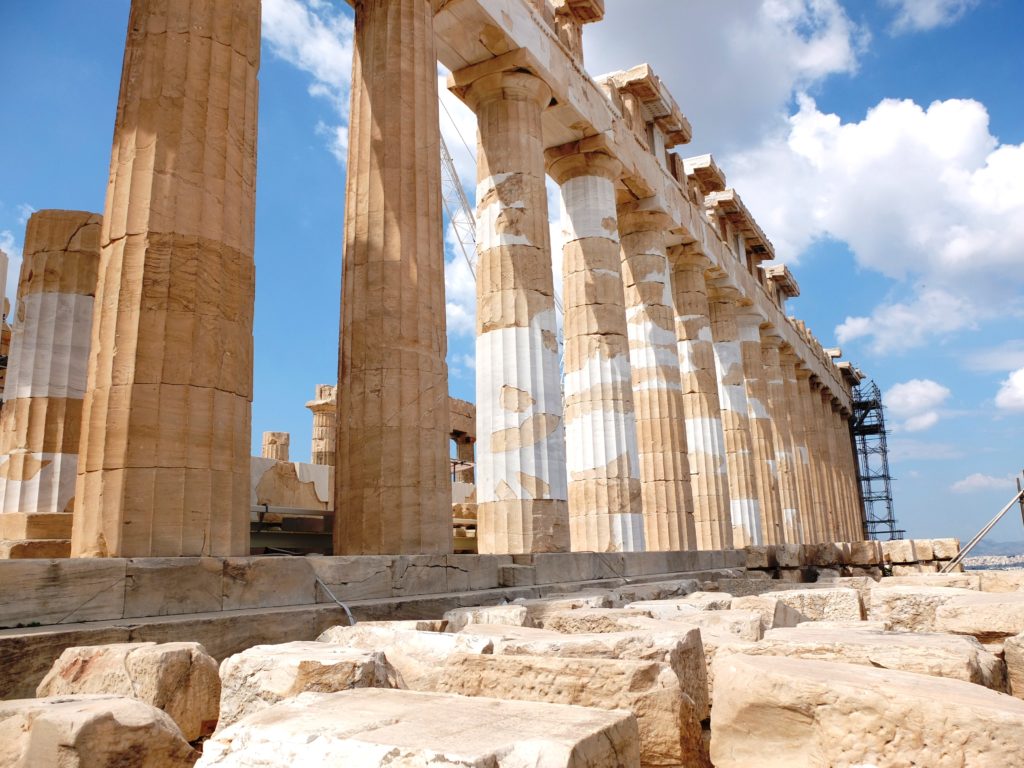
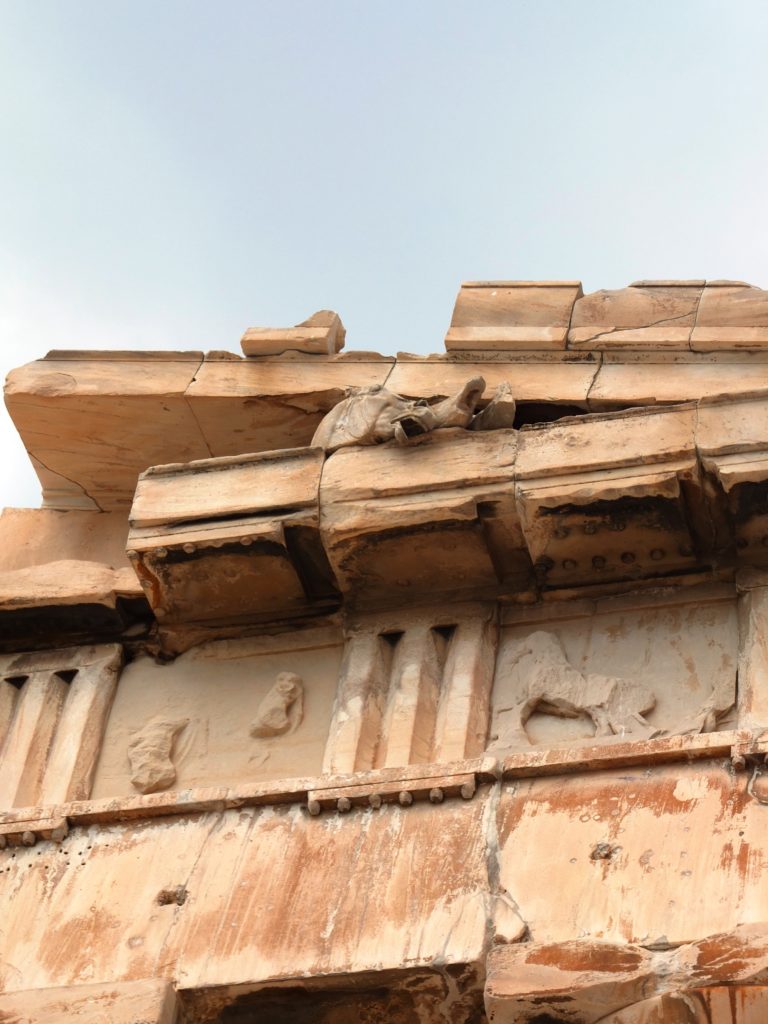 The site also encompasses the Odeon of Herodes Atticus…
The site also encompasses the Odeon of Herodes Atticus…
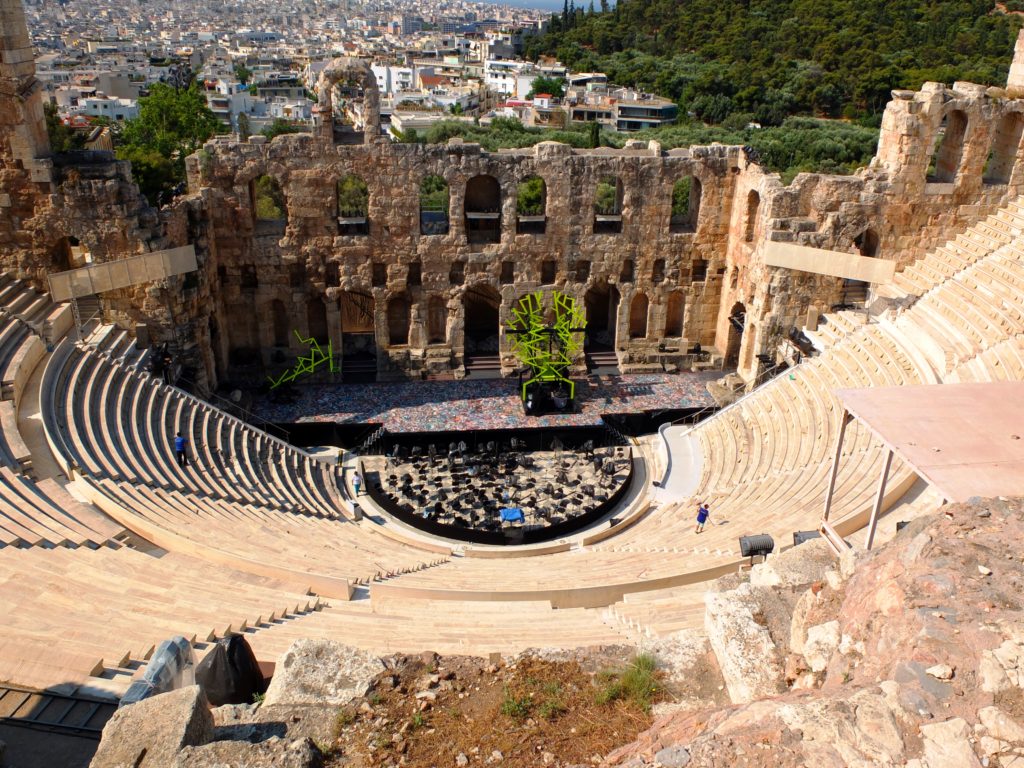 …which is still used for opera and concert performances – and the Theatre of Dionysus Eleuthereus, which is not.
…which is still used for opera and concert performances – and the Theatre of Dionysus Eleuthereus, which is not.
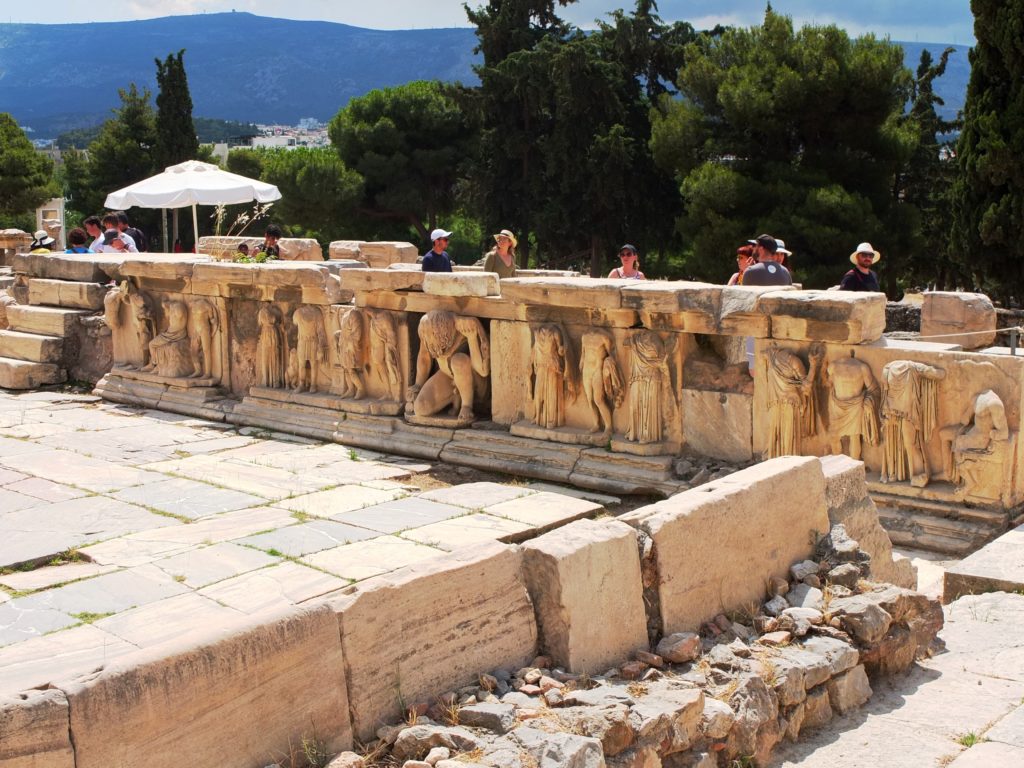 The new (a mere ten years old this year) Acropolis museum lies outside the historical site itself, but has been constructed parallel to the Parthenon and with an interior core that is identical in size to the temple. Extensive use of reflective glass allows the Acropolis hill to be reflected on the outside of the museum, with sweeping panoramic views of the hill from the inside.
The new (a mere ten years old this year) Acropolis museum lies outside the historical site itself, but has been constructed parallel to the Parthenon and with an interior core that is identical in size to the temple. Extensive use of reflective glass allows the Acropolis hill to be reflected on the outside of the museum, with sweeping panoramic views of the hill from the inside.
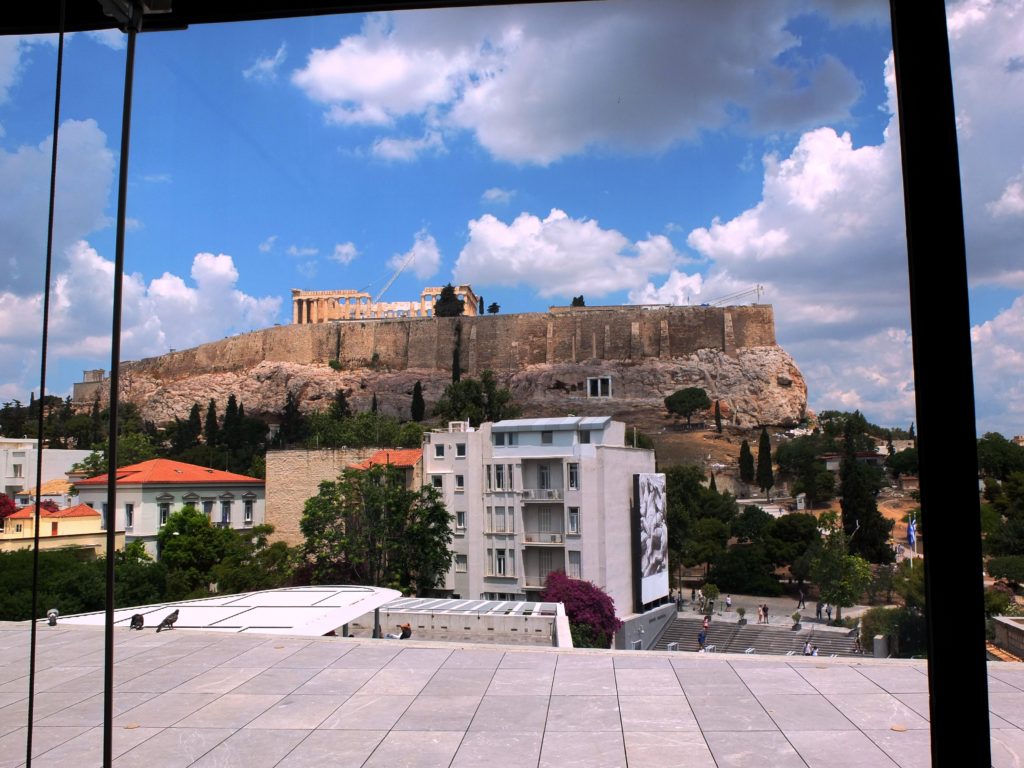 The museum site is itself of archeological interest and the building effectively sits on stilts above the ground, whilst glass floors and subtle lighting enable the visitor to view the excavations below.
The museum site is itself of archeological interest and the building effectively sits on stilts above the ground, whilst glass floors and subtle lighting enable the visitor to view the excavations below.
 The museum houses many of the precious artifacts recovered from the Acropolis site itself.
The museum houses many of the precious artifacts recovered from the Acropolis site itself.
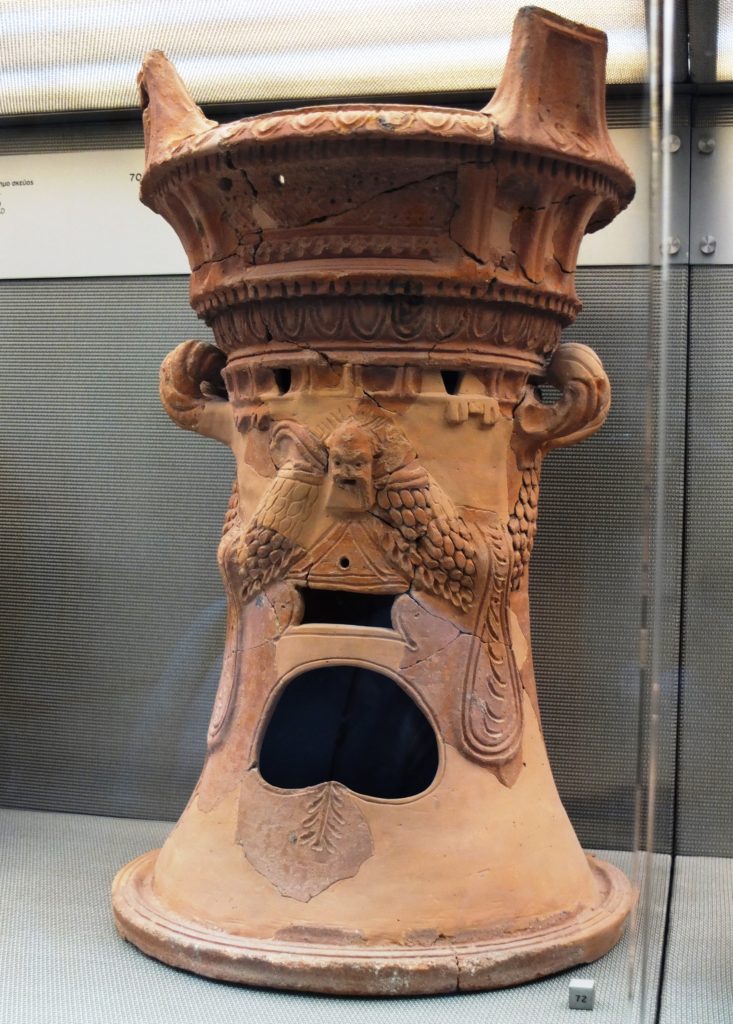
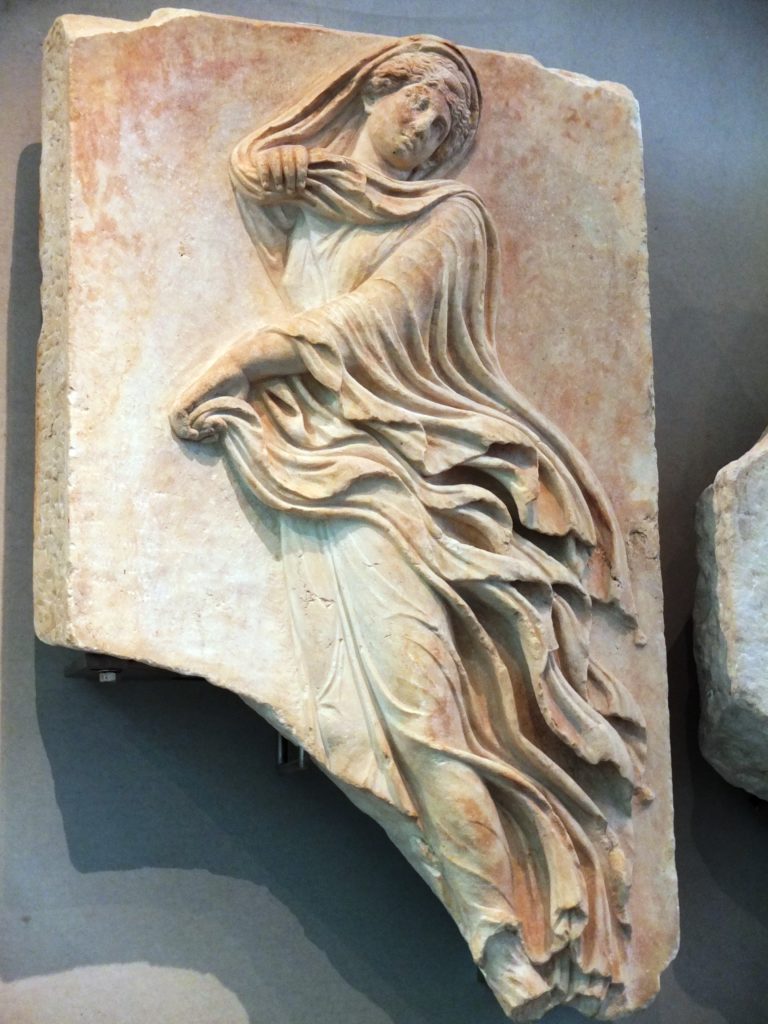
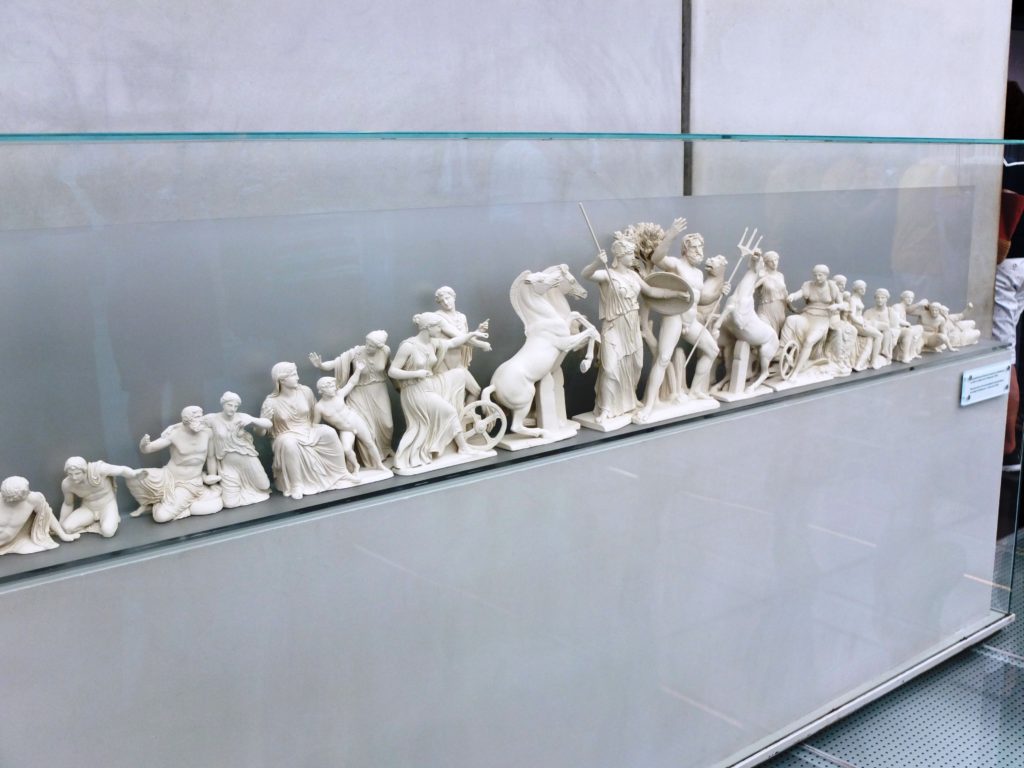 One of the most affecting displays is the recreation at the top of the building of the frieze that once surrounded the top of the Parthenon. This extraordinary work comprises a mixture of original carvings and new stonework reproductions. These are clearly delineated so that one can gauge how much (or little) of the original frieze remains, how much has been destroyed – and how much removed to collections in other parts of the world. The majority of the latter – of course – include that extensive number that were removed to London and make up the bulk of the so-called Elgin Marbles in the British Museum.
One of the most affecting displays is the recreation at the top of the building of the frieze that once surrounded the top of the Parthenon. This extraordinary work comprises a mixture of original carvings and new stonework reproductions. These are clearly delineated so that one can gauge how much (or little) of the original frieze remains, how much has been destroyed – and how much removed to collections in other parts of the world. The majority of the latter – of course – include that extensive number that were removed to London and make up the bulk of the so-called Elgin Marbles in the British Museum.
It as truly startling to see just how much material was plundered from the site and carried away in this manner.
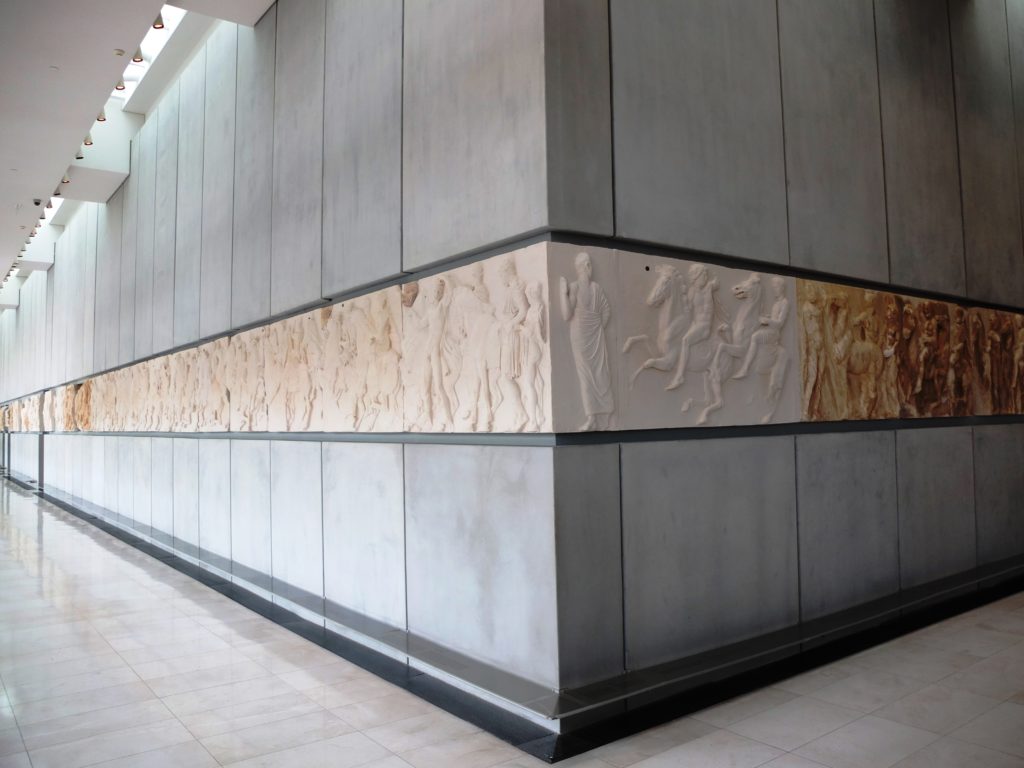

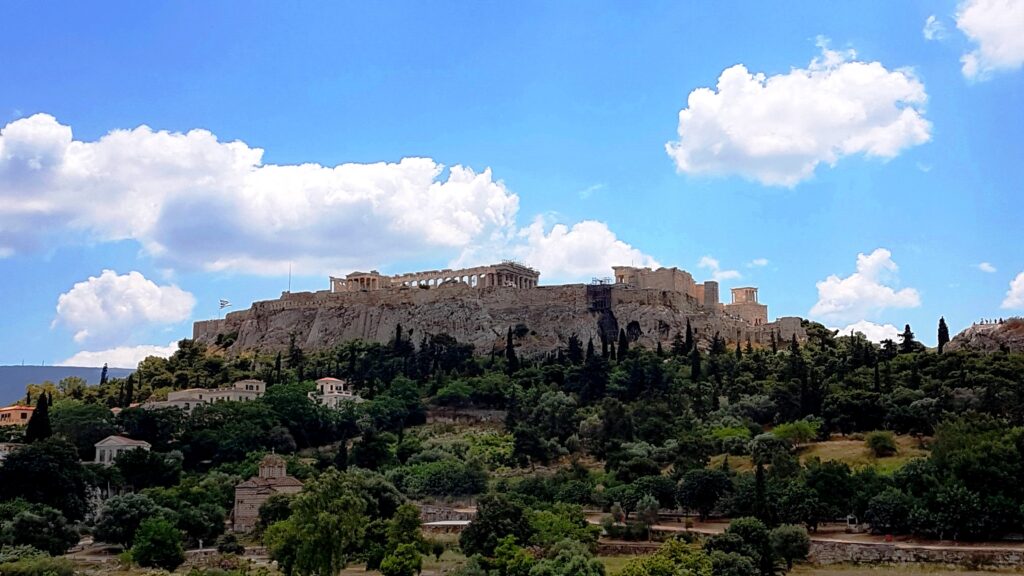
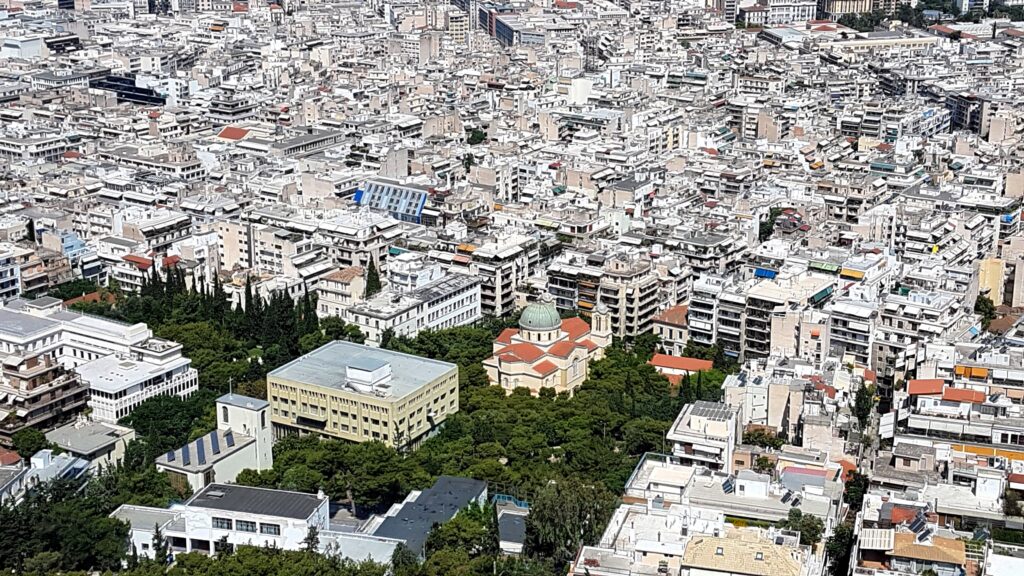
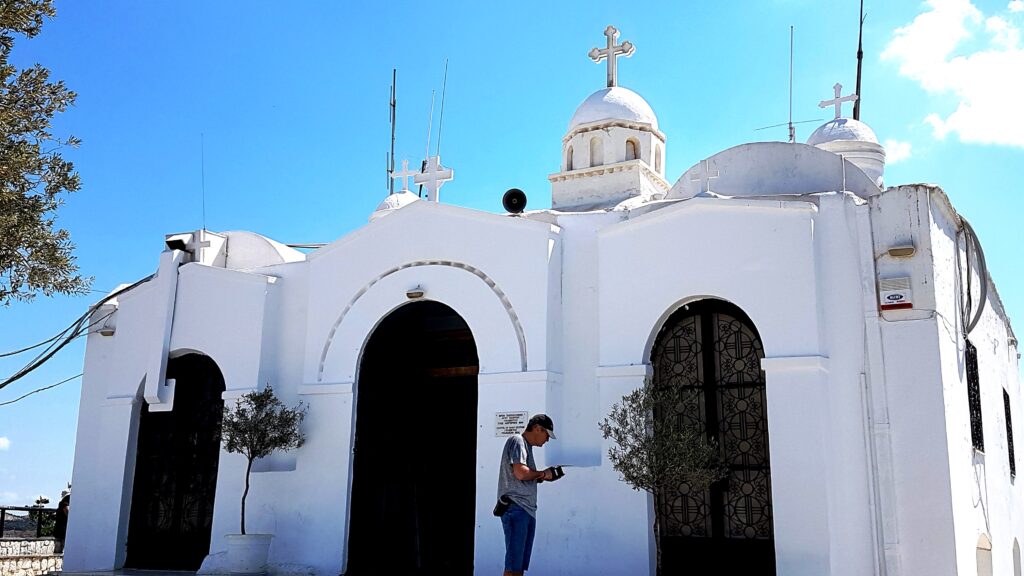
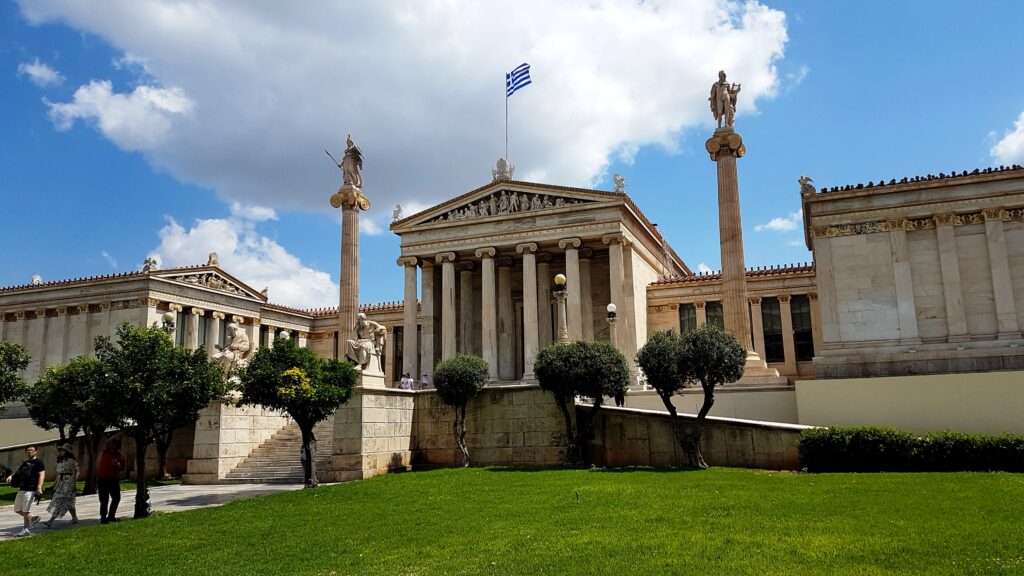
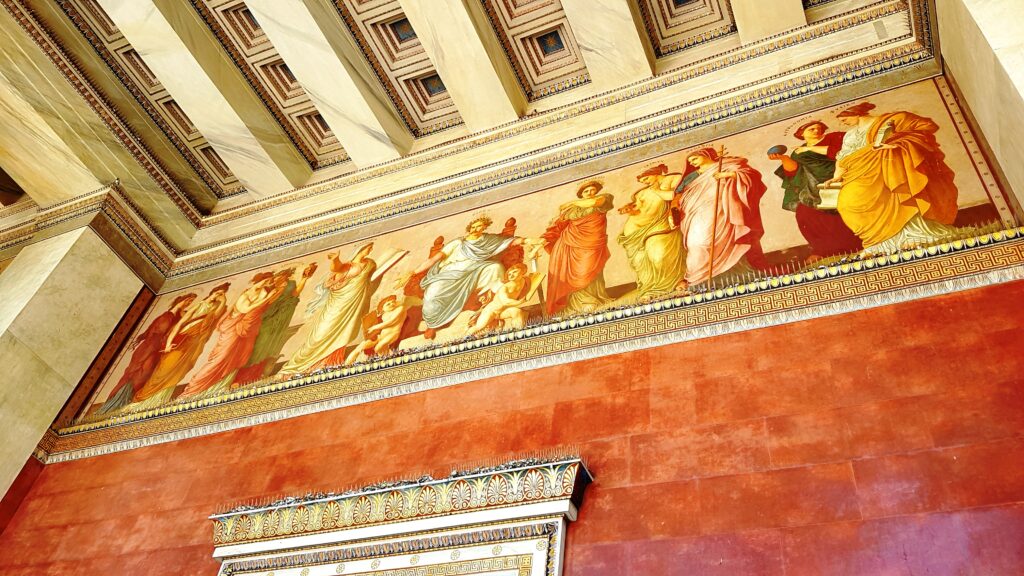
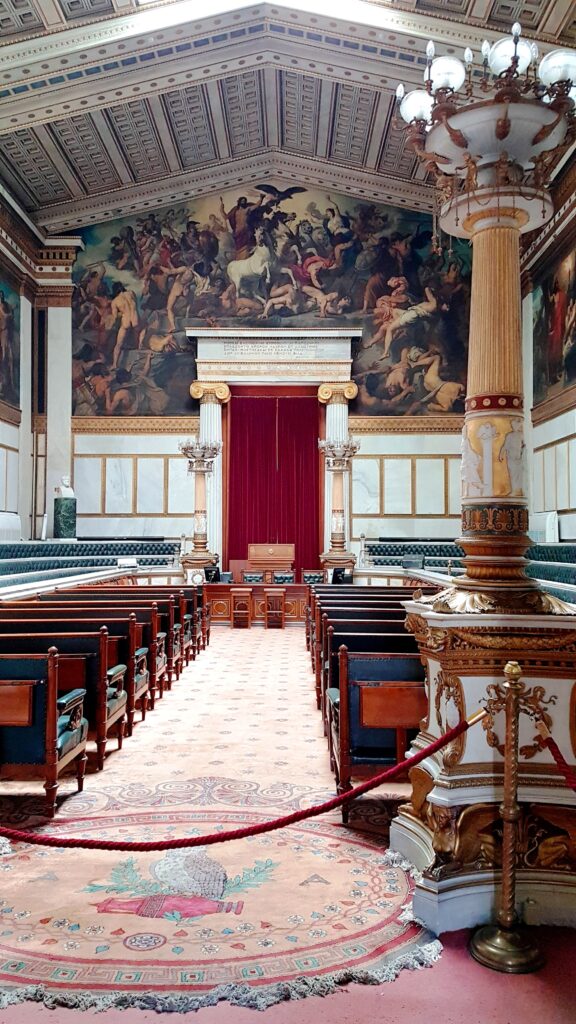
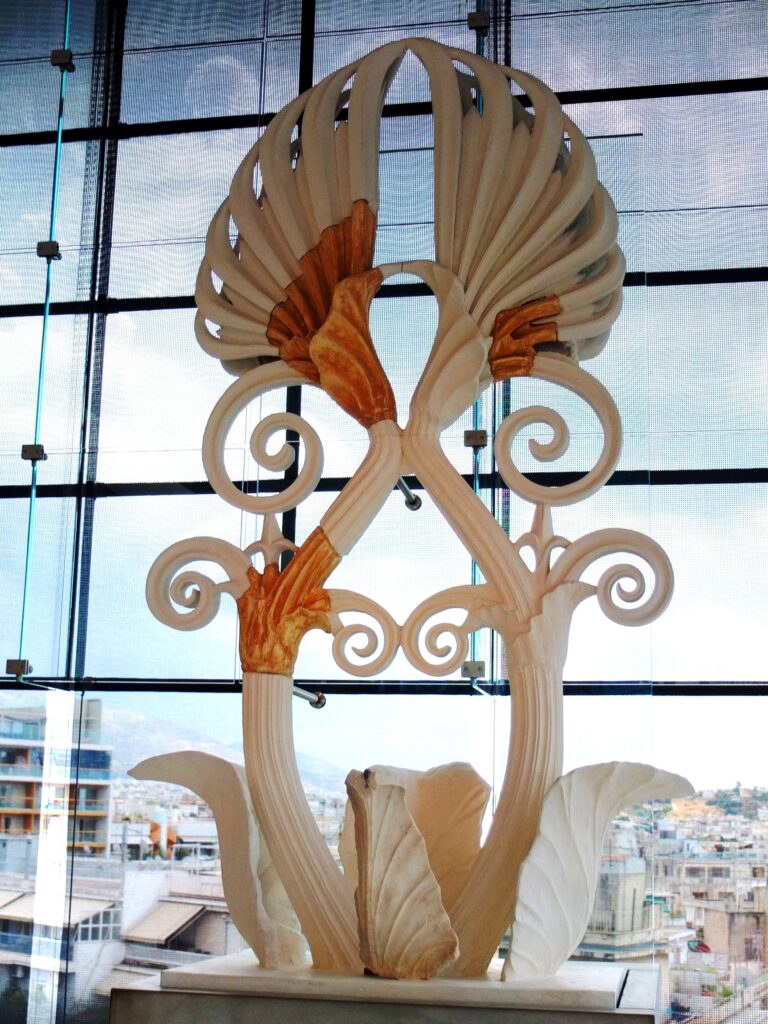
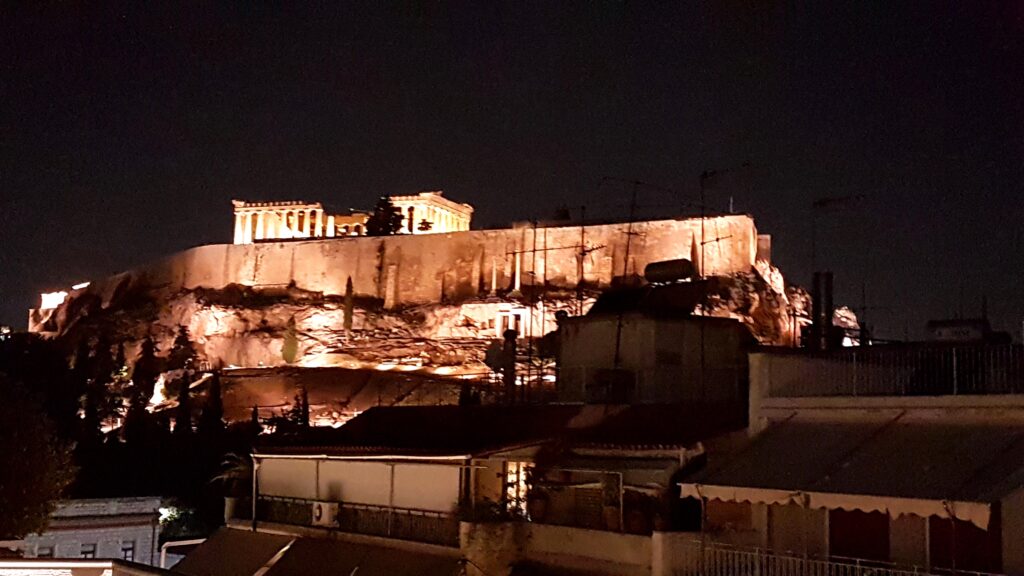
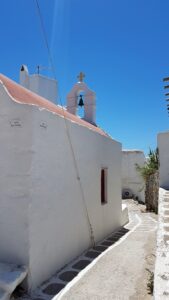
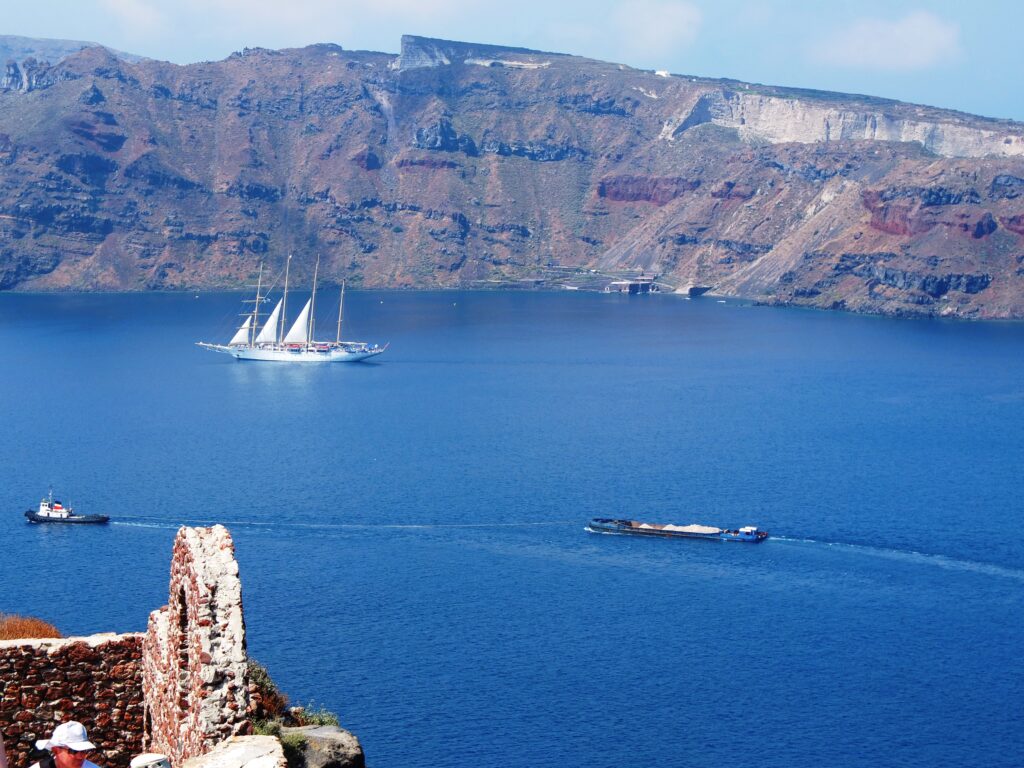
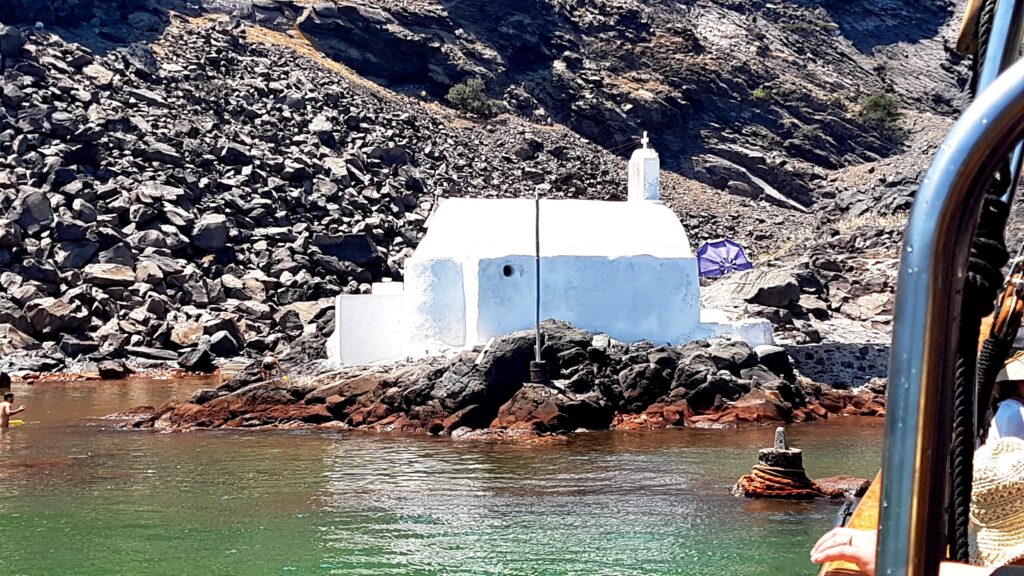
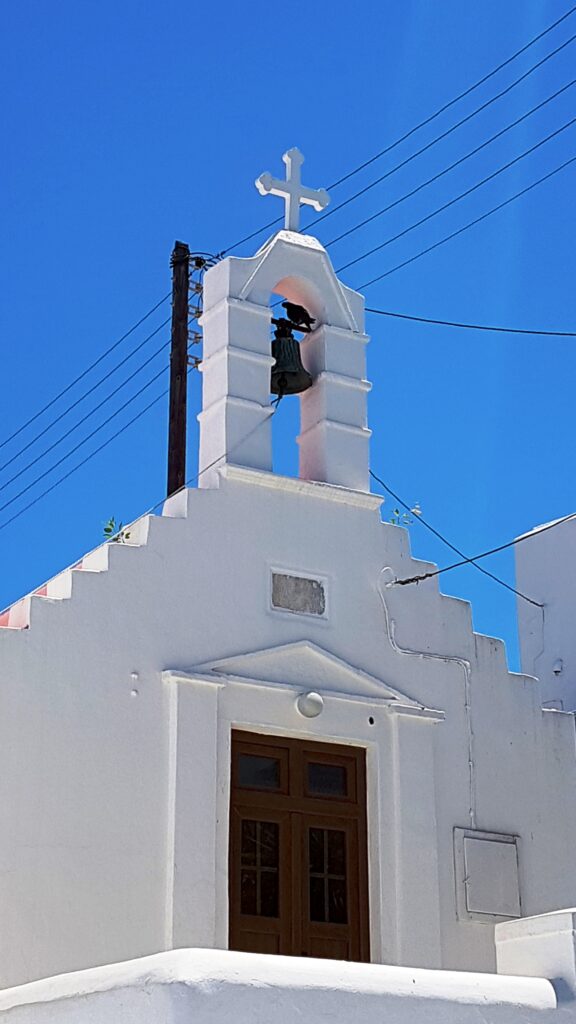
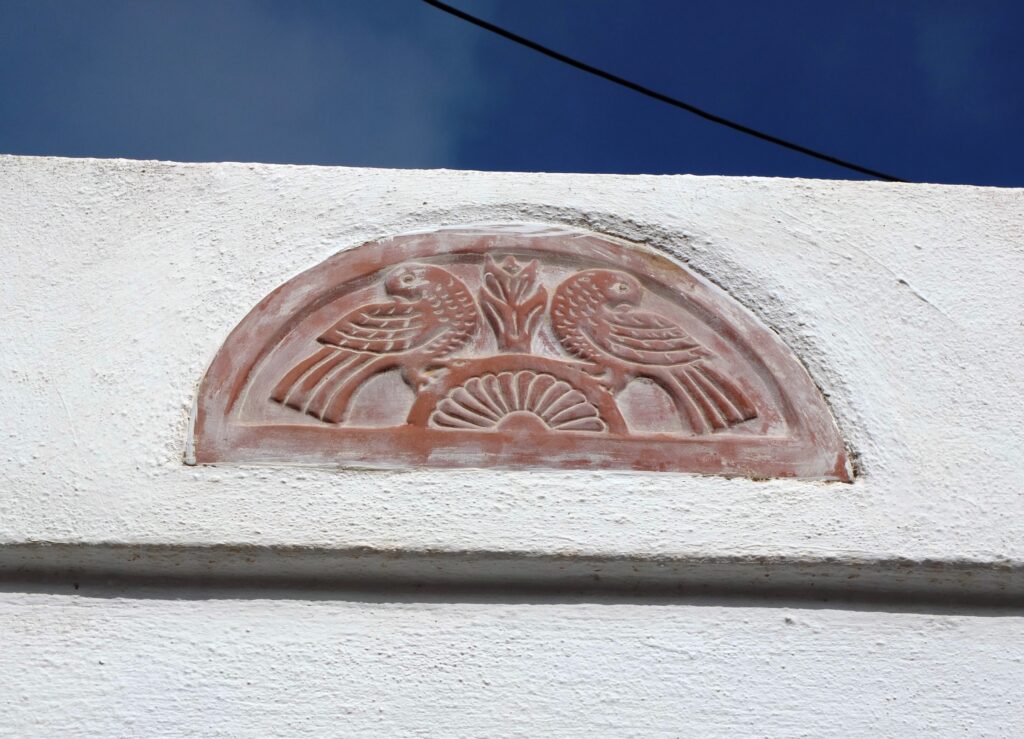
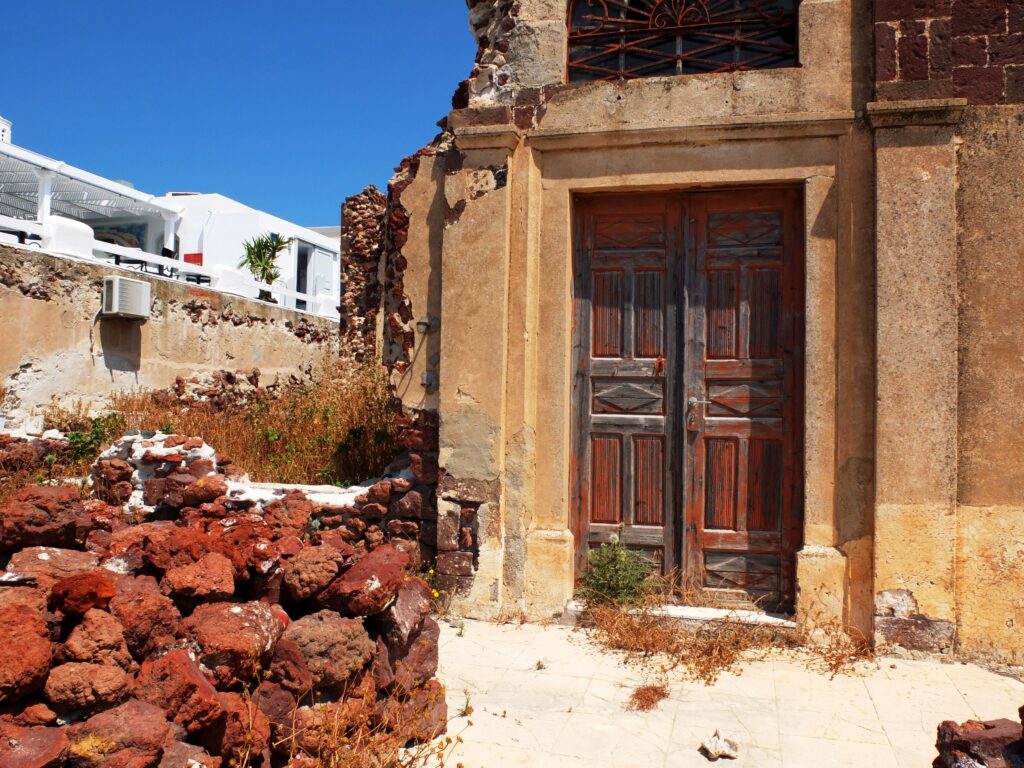
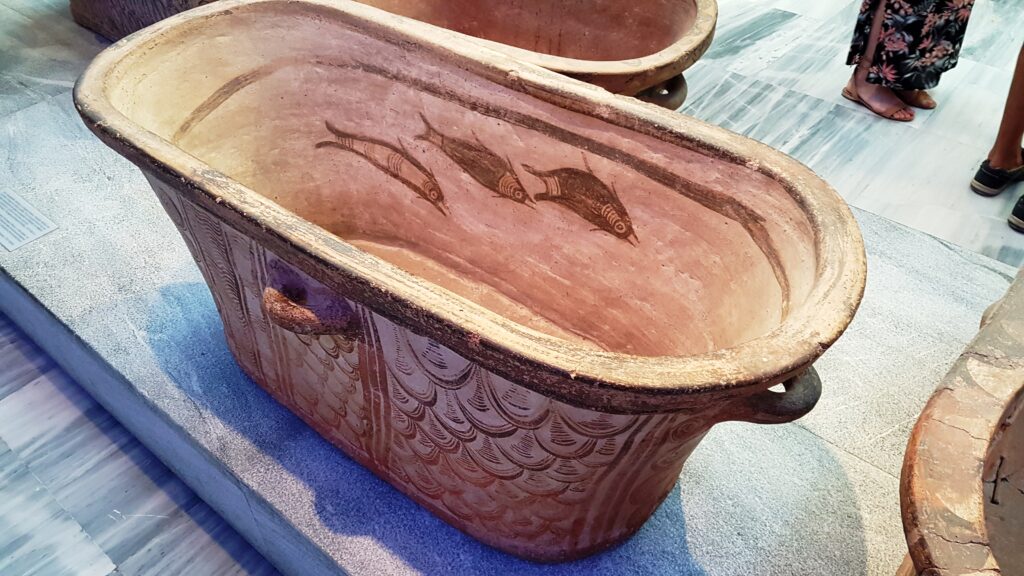
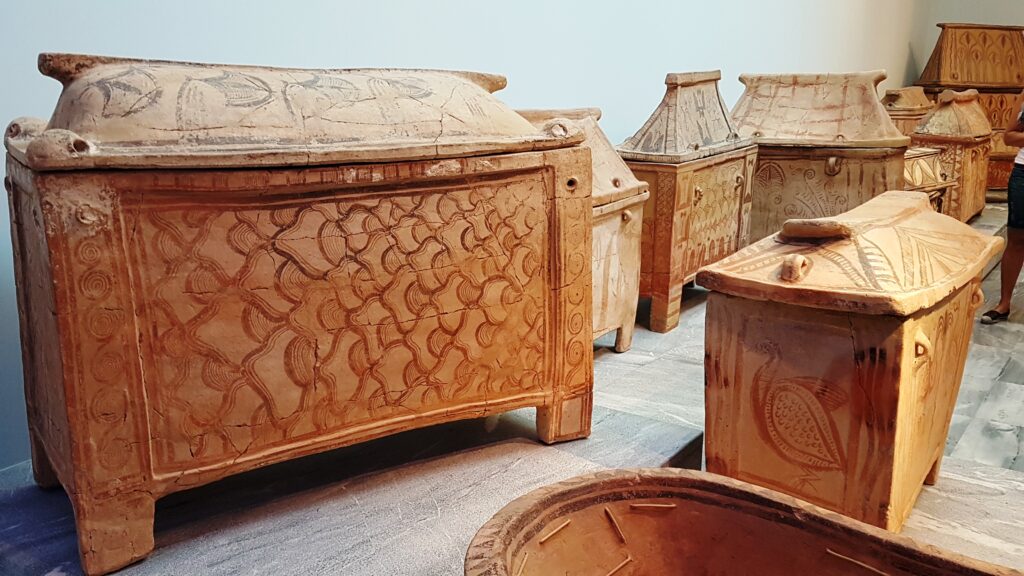
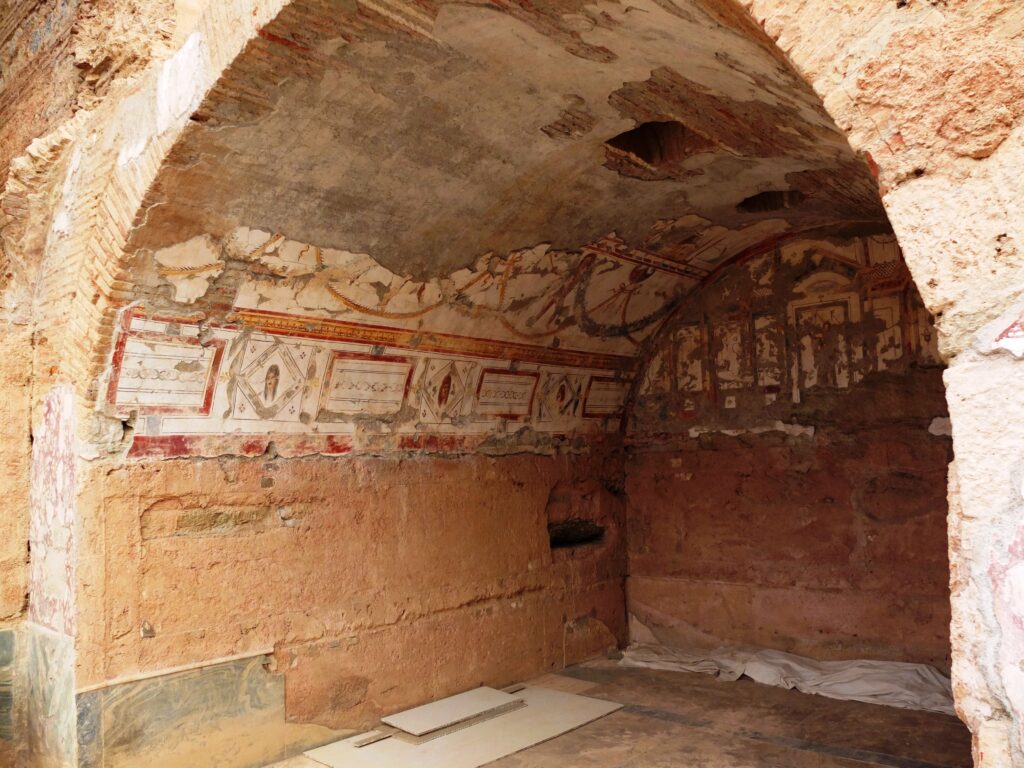
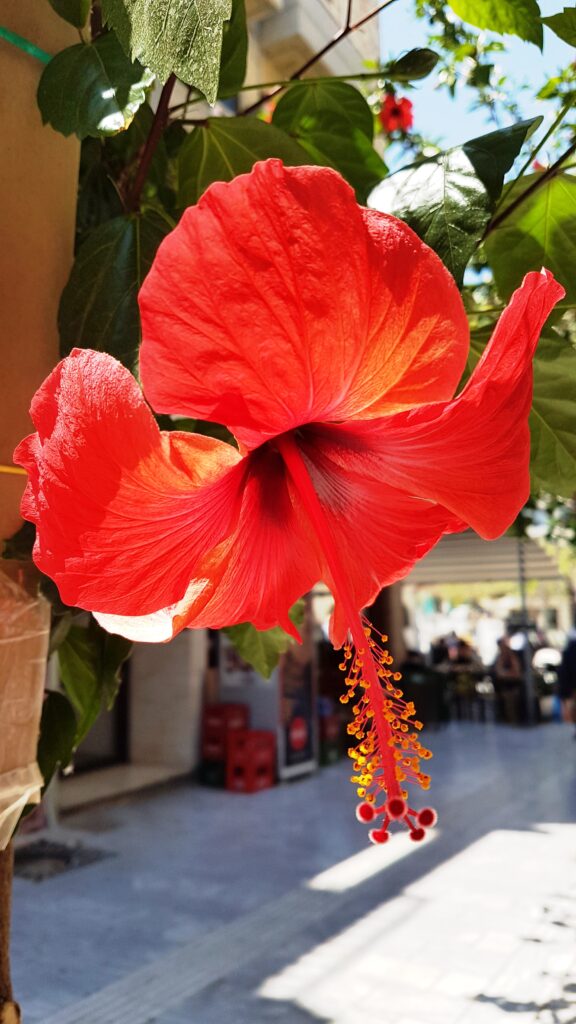













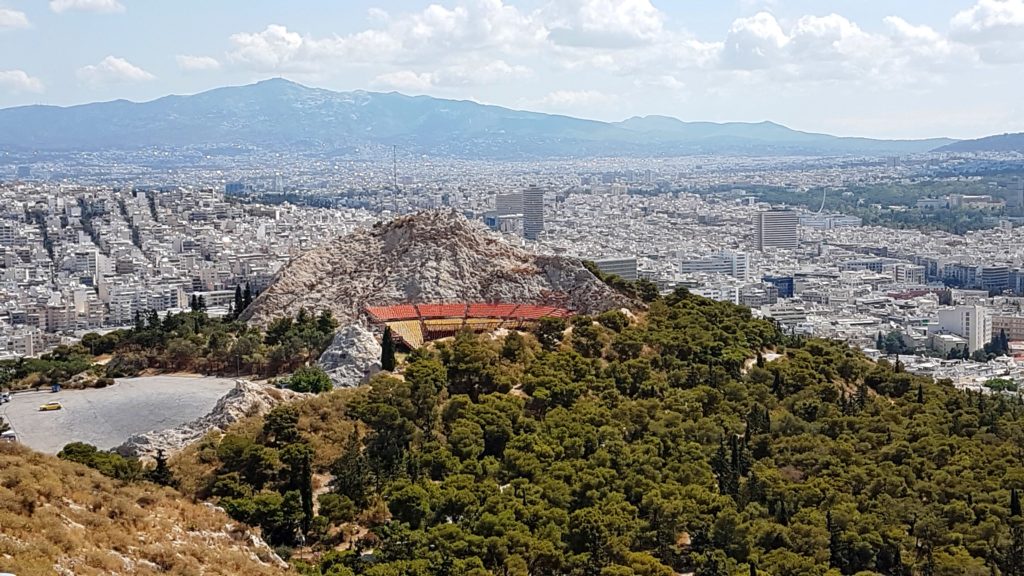
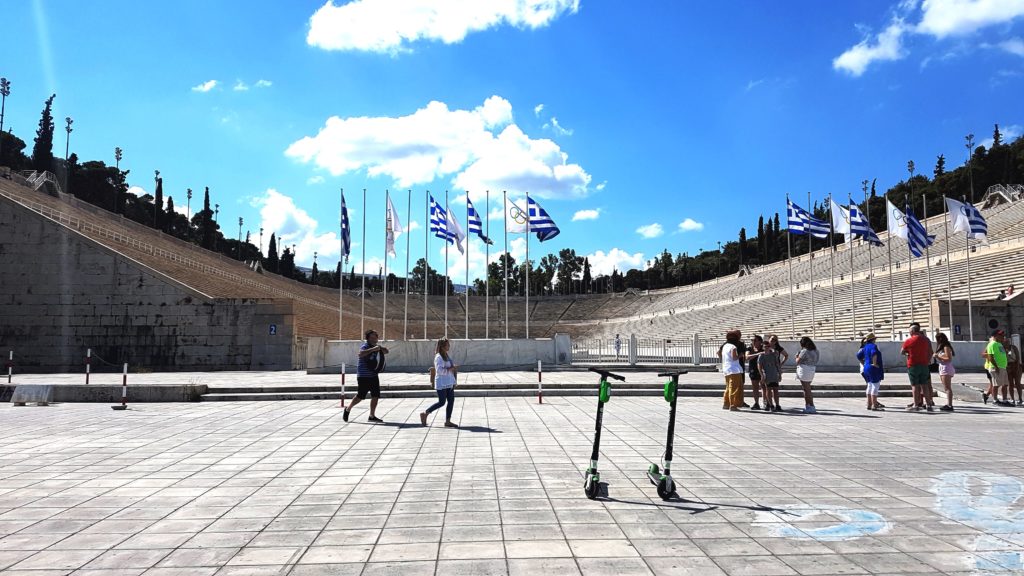
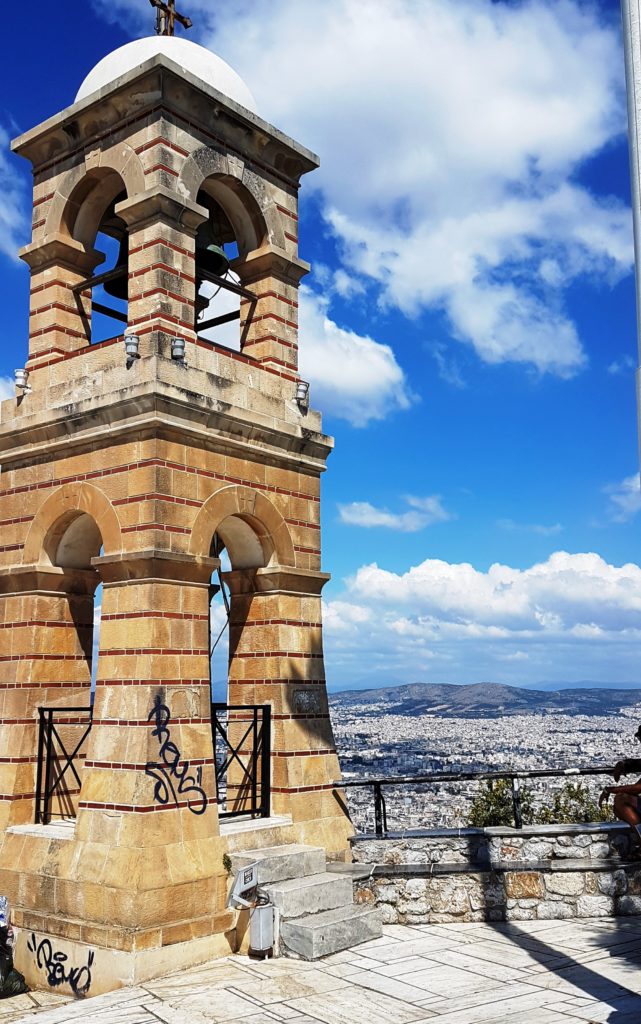
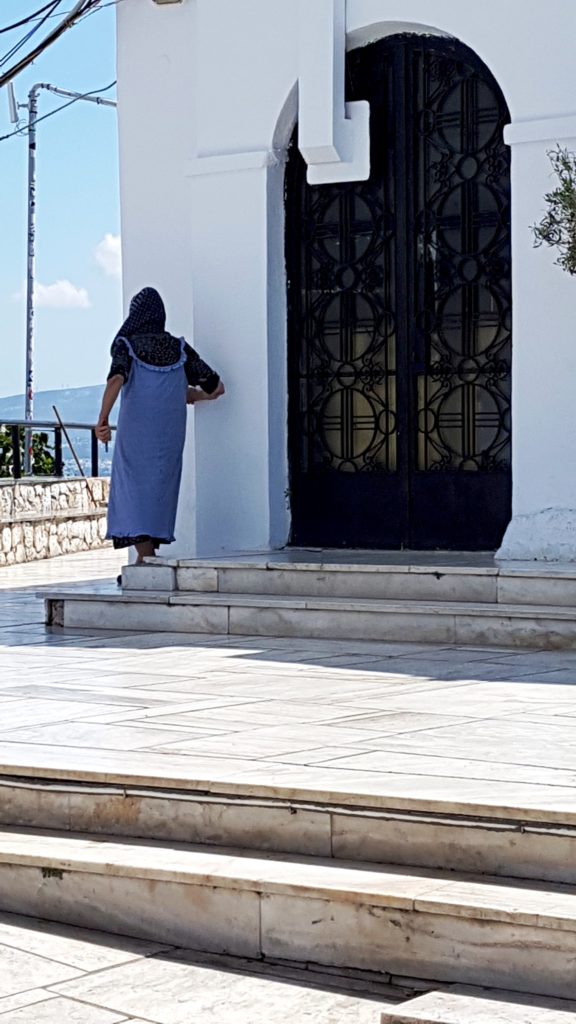
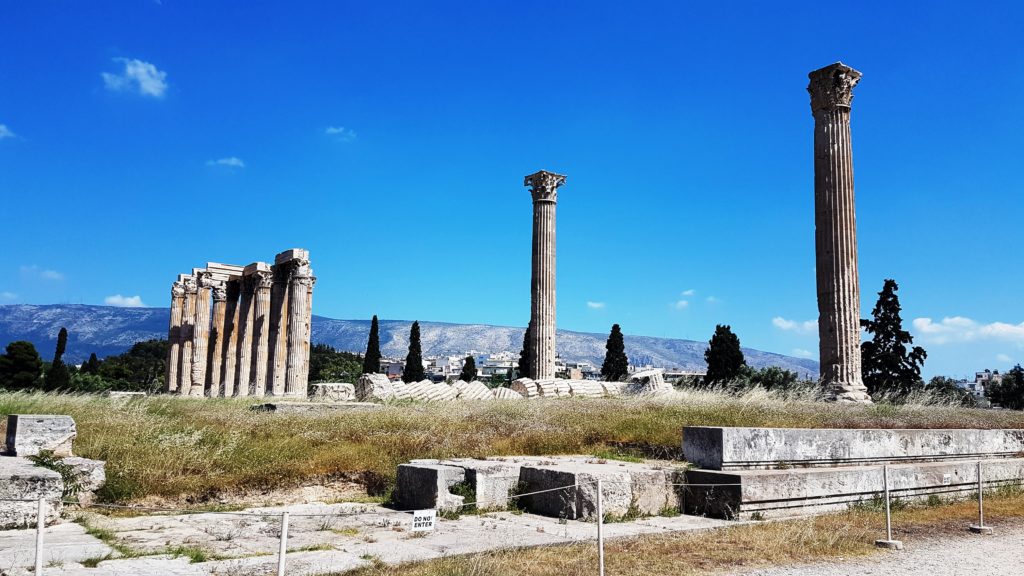
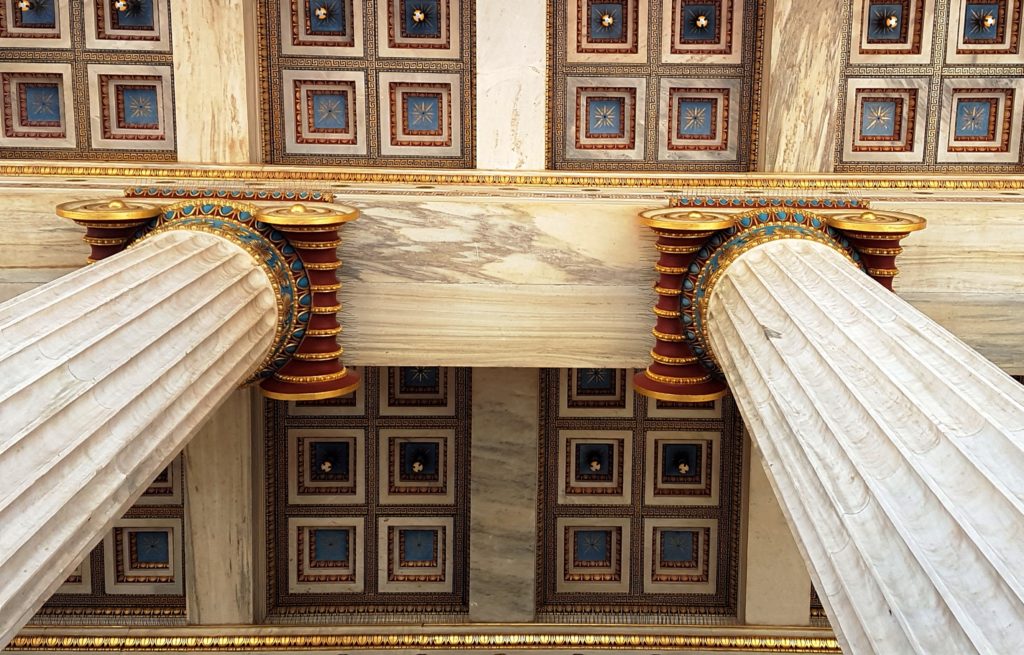
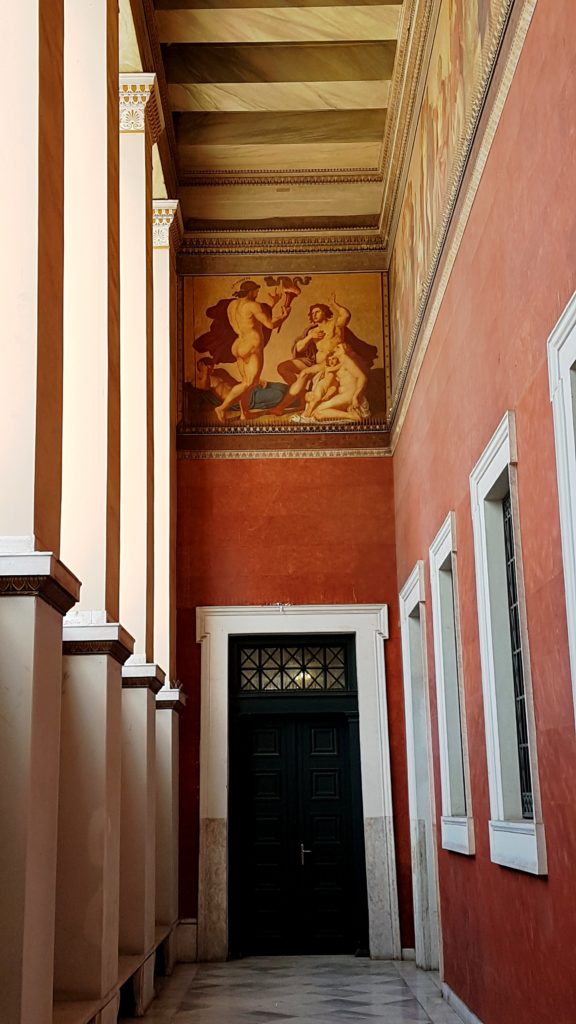
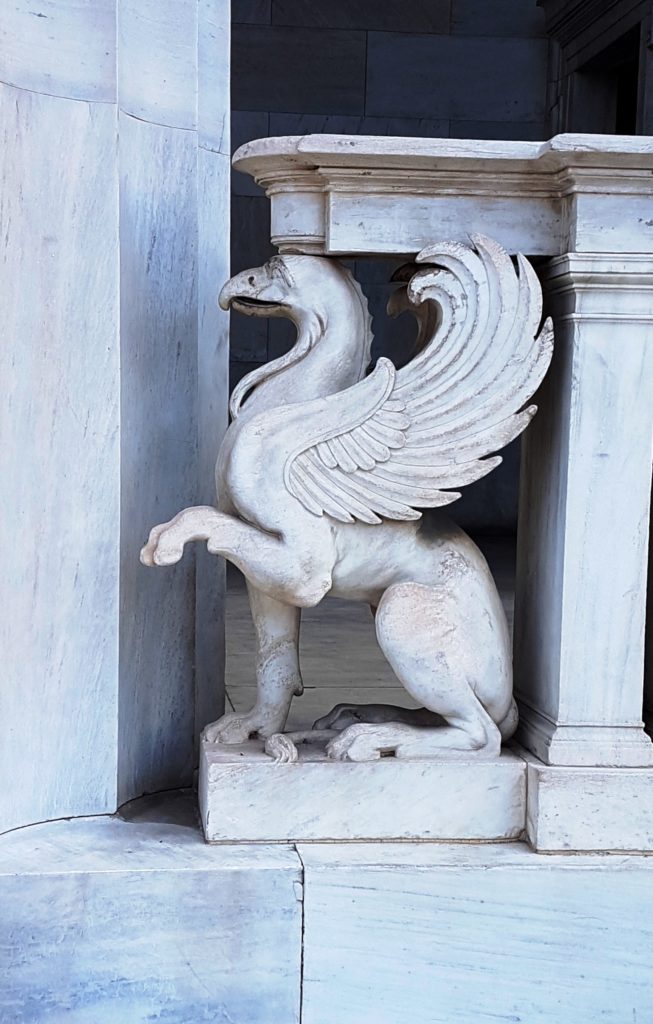
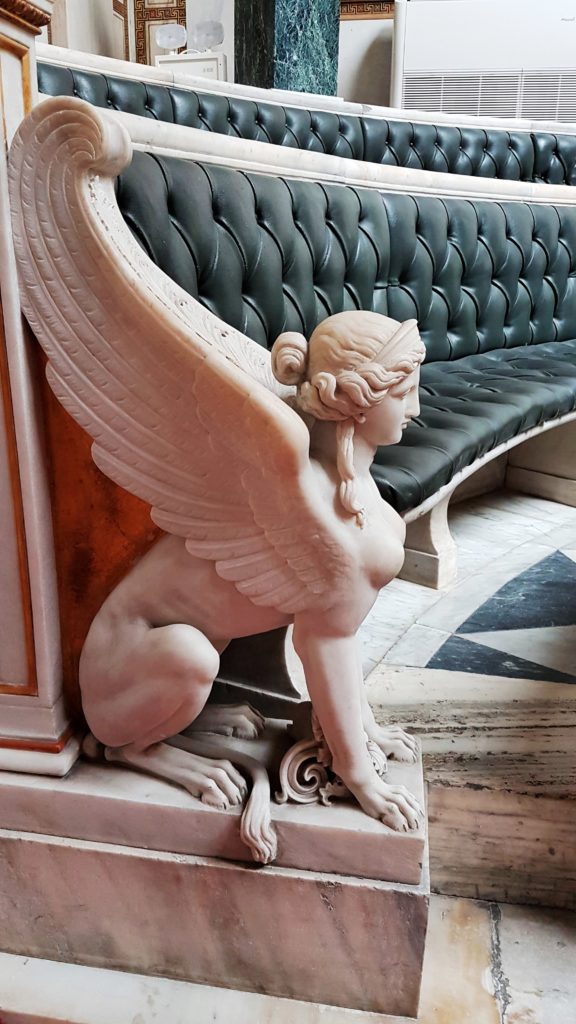
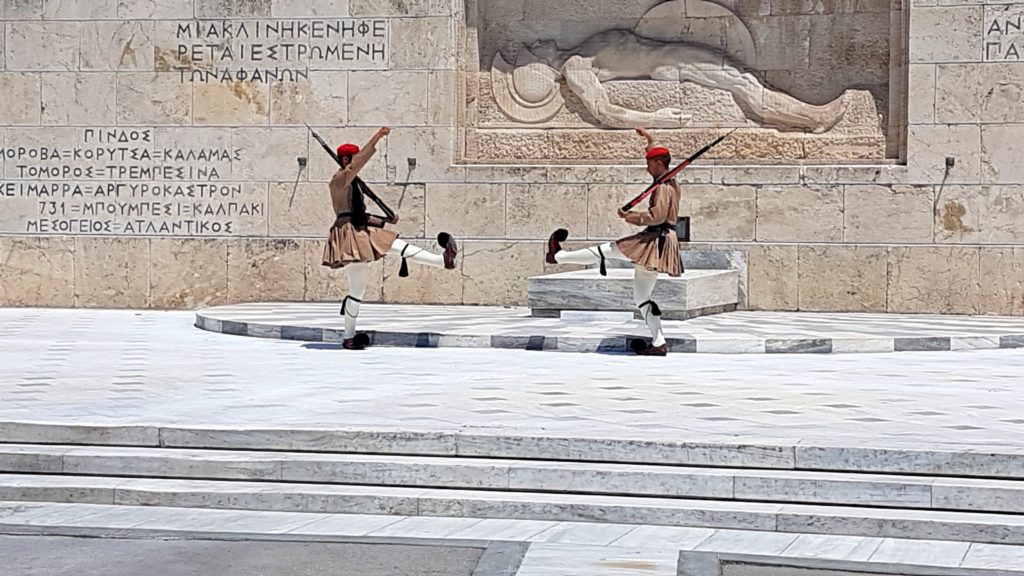
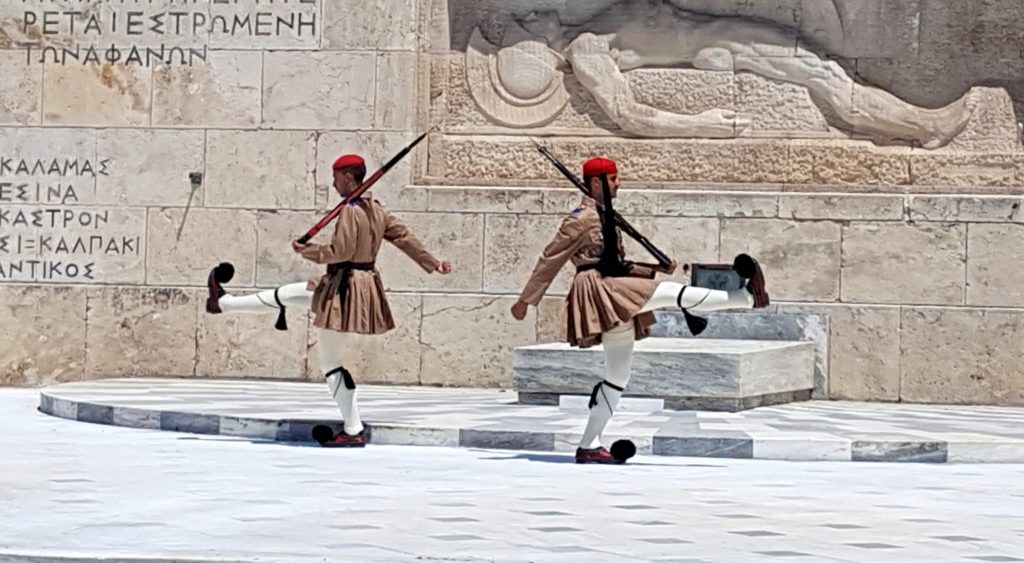
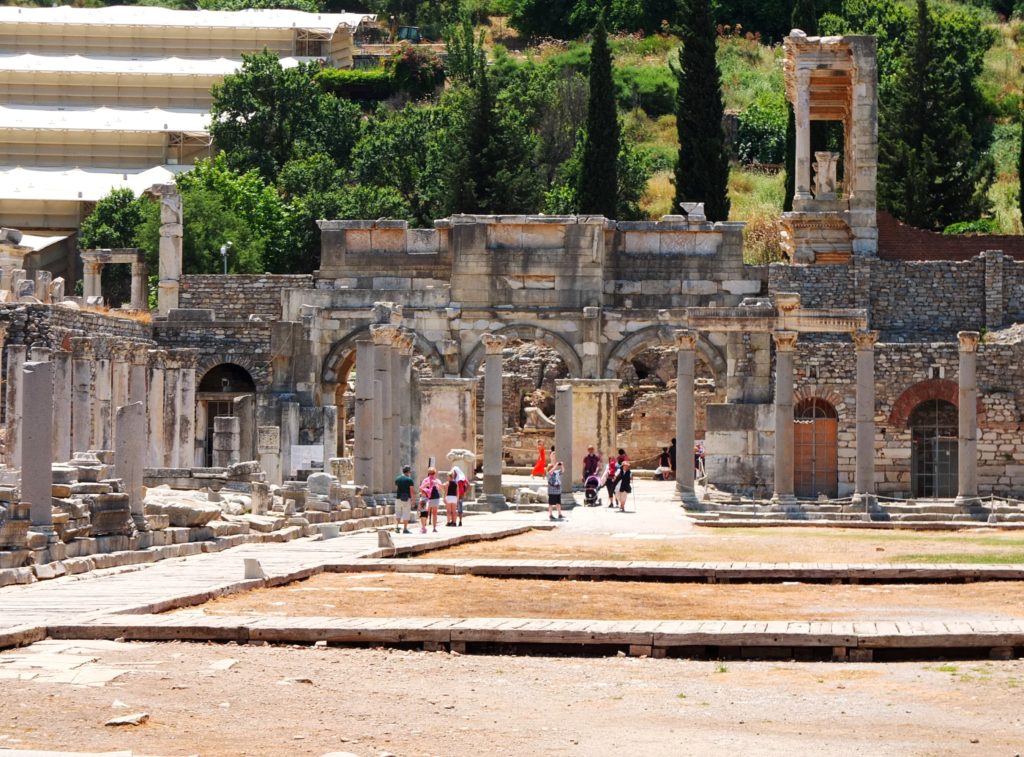
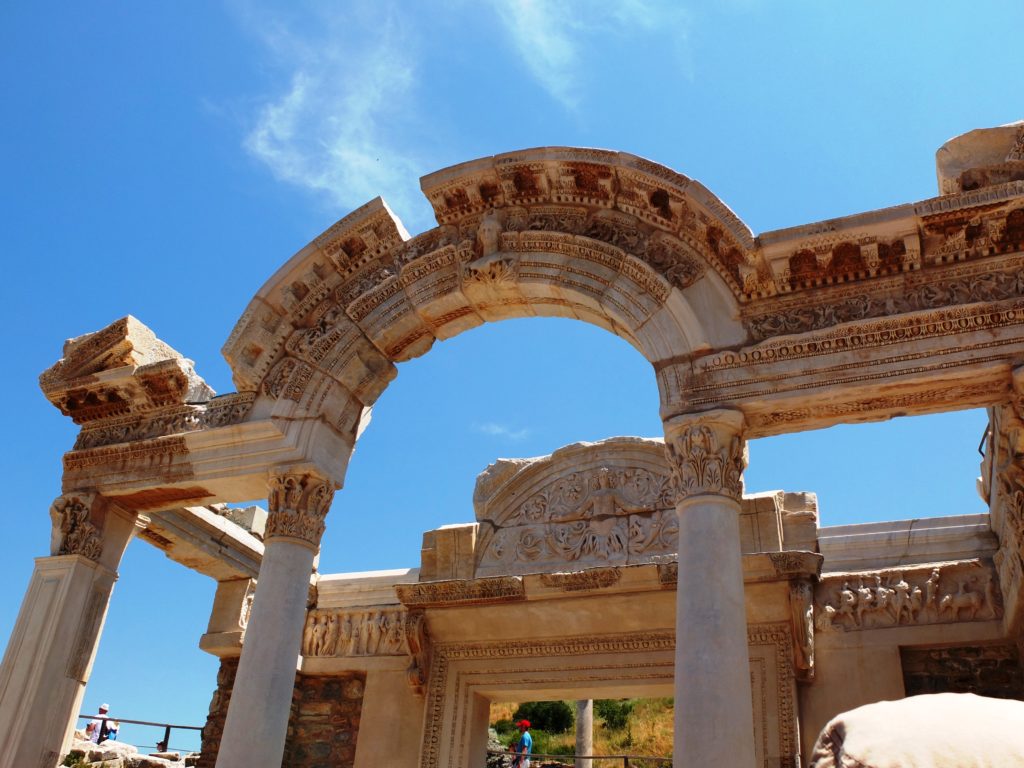
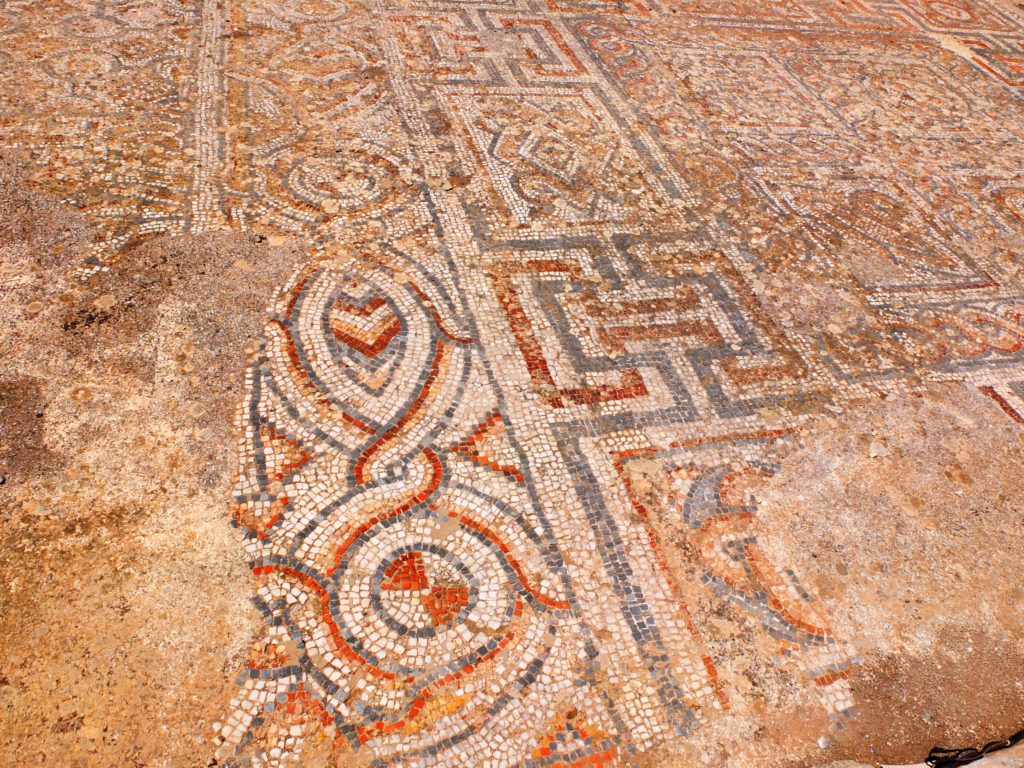
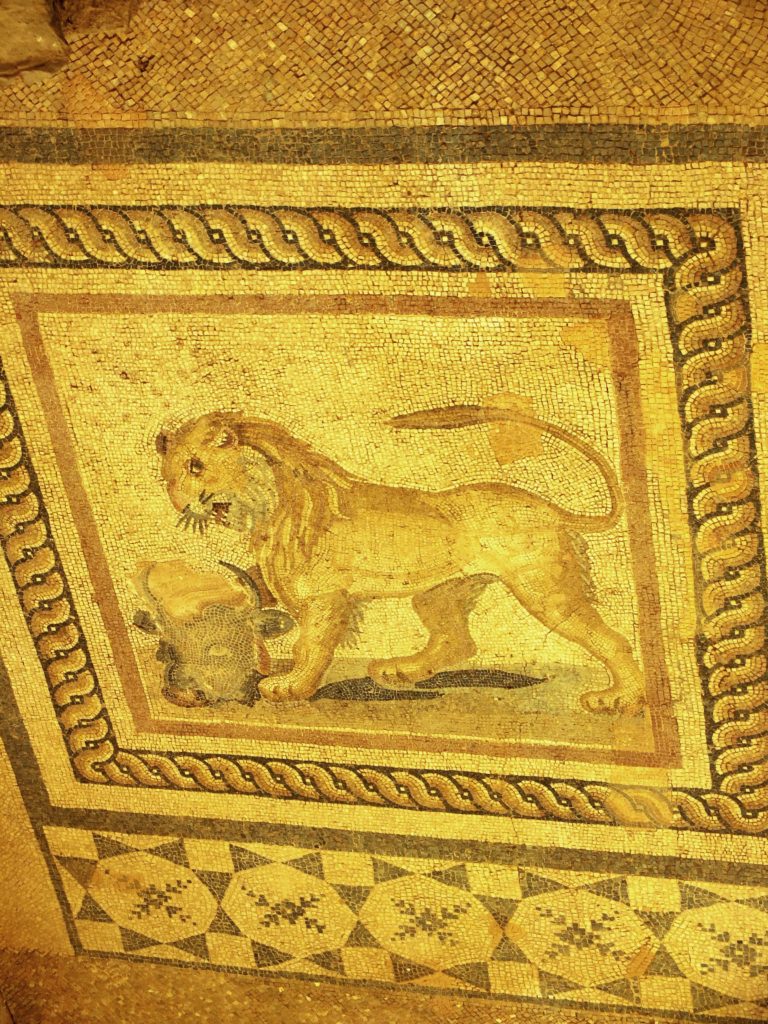
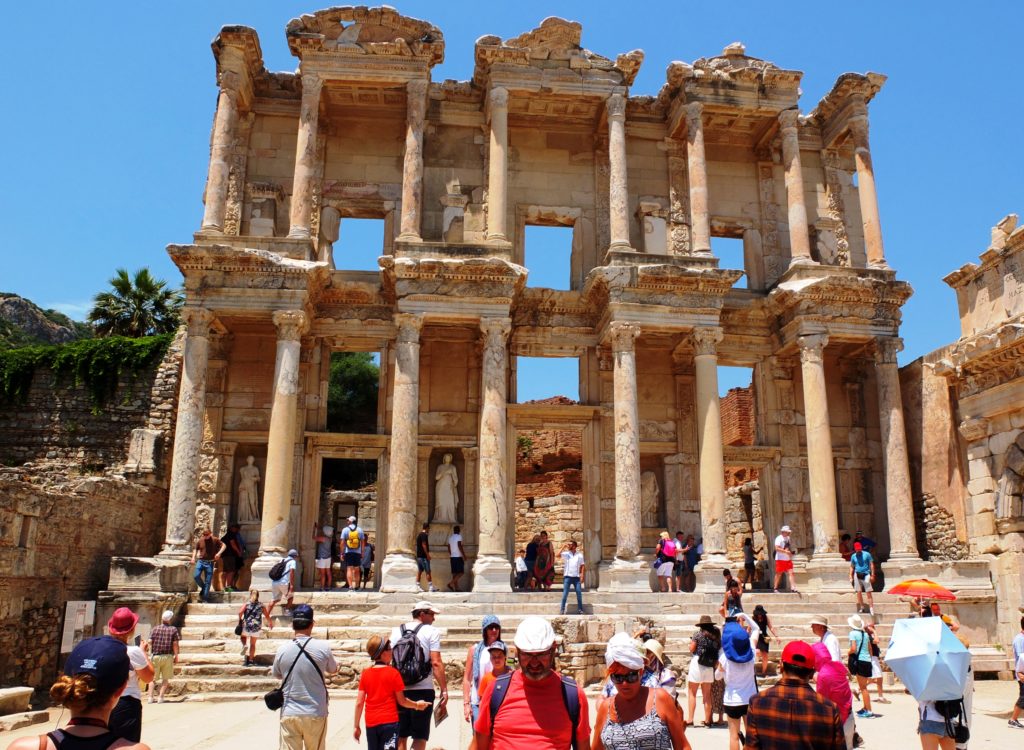
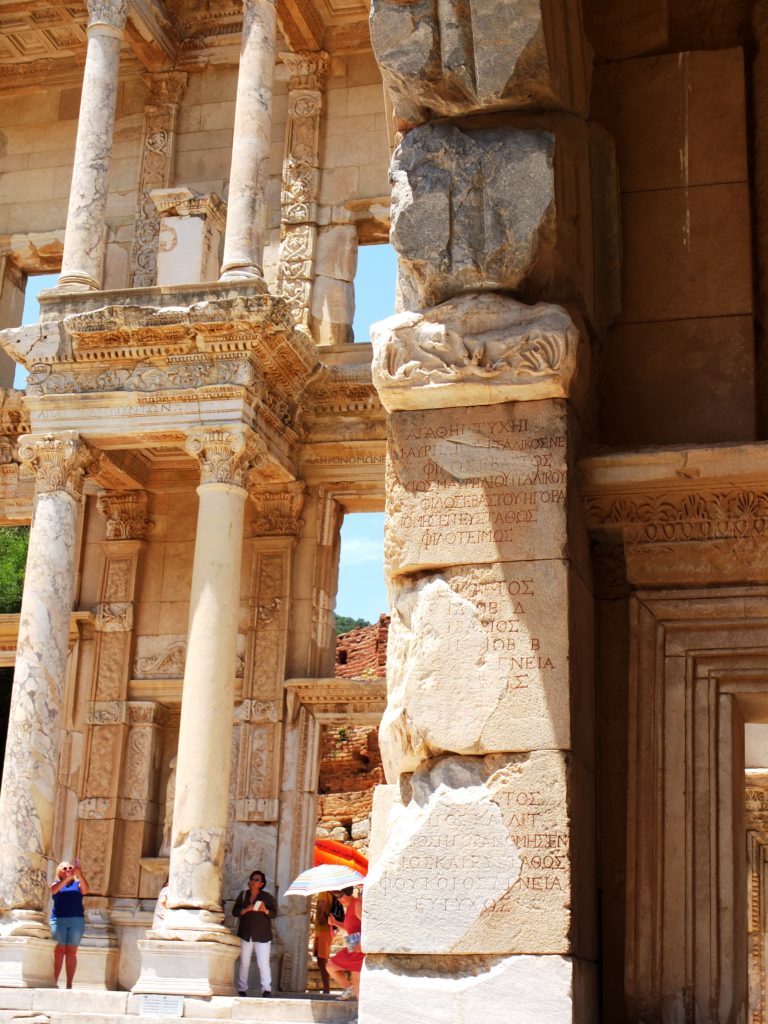
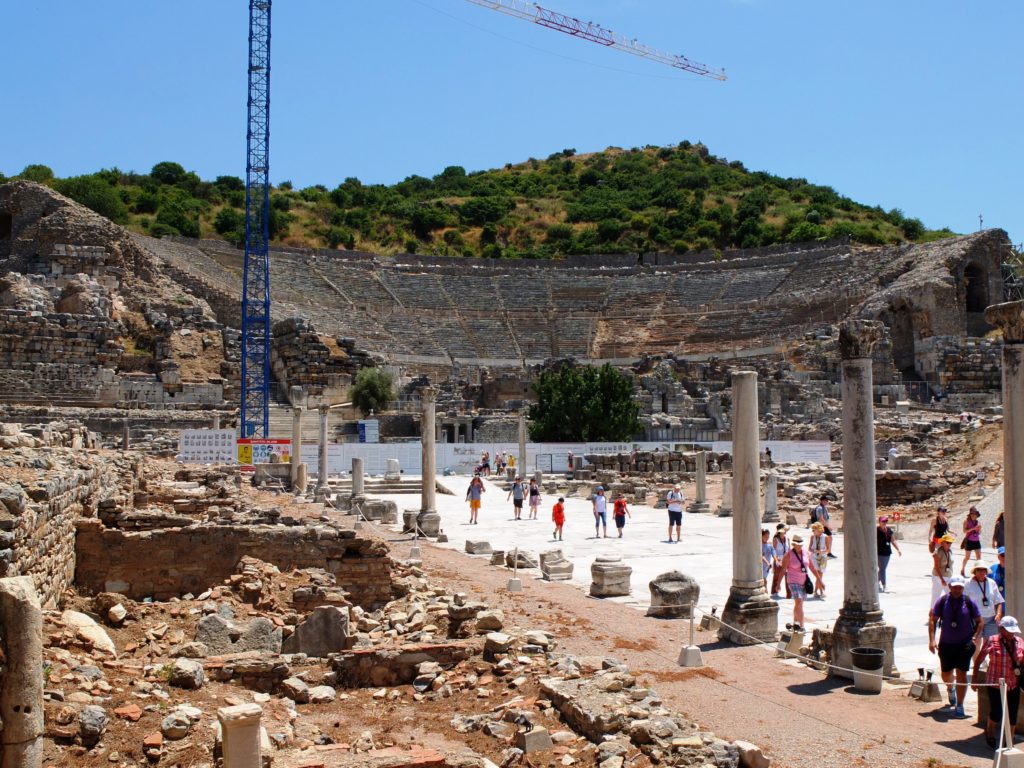
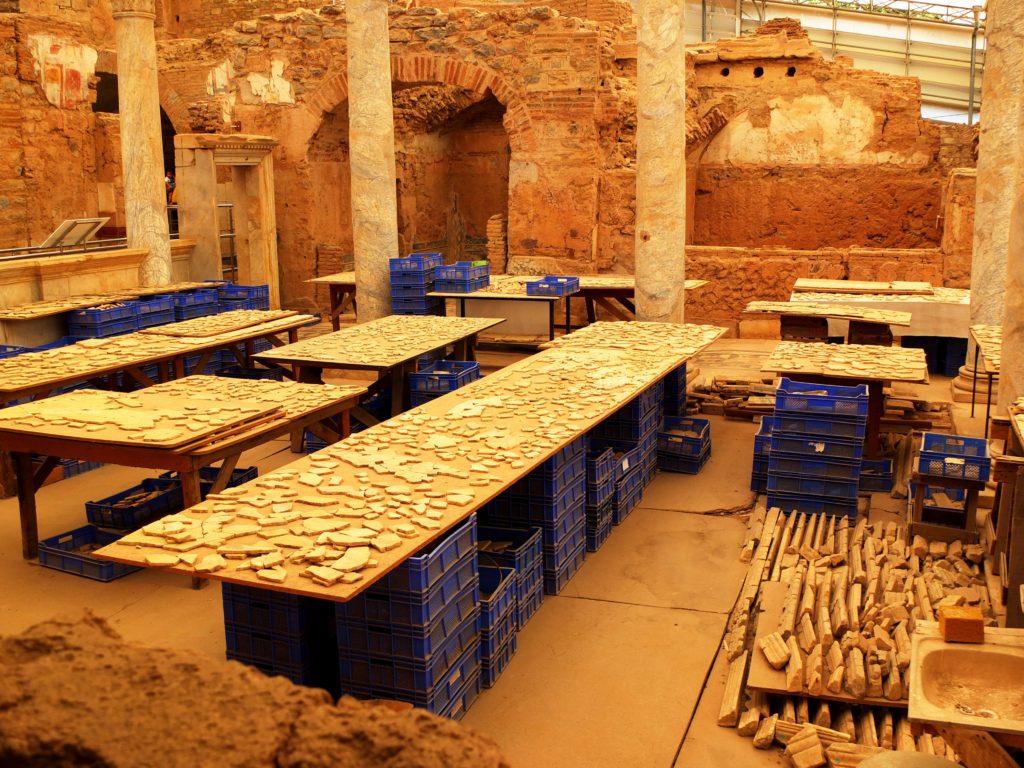
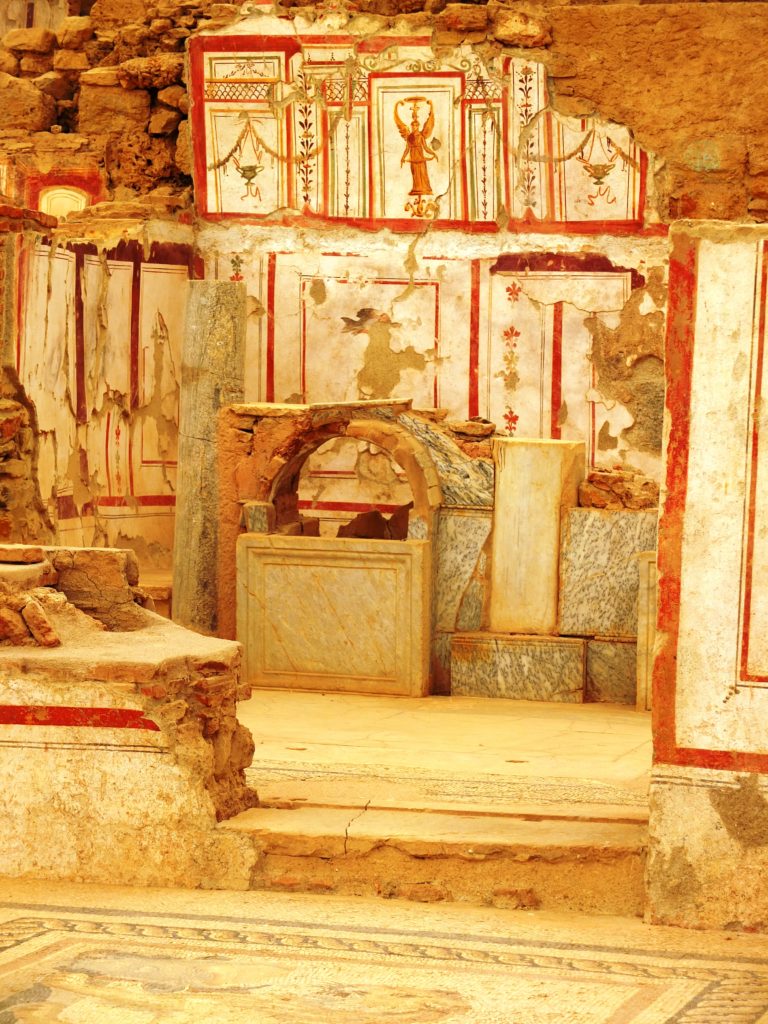
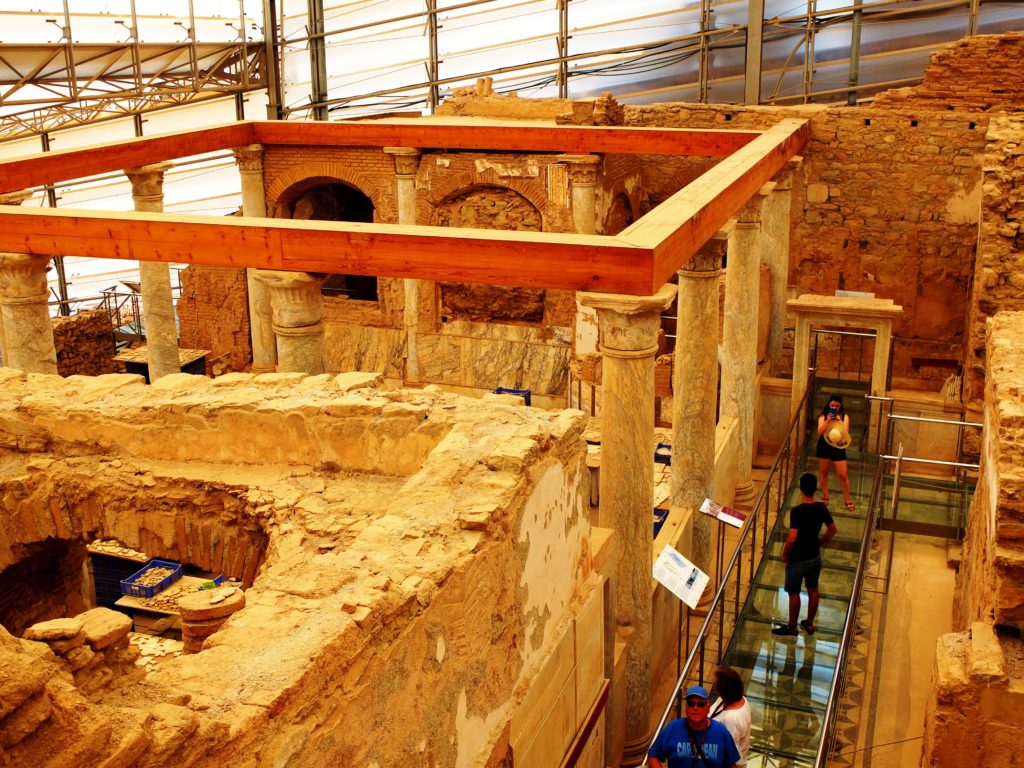
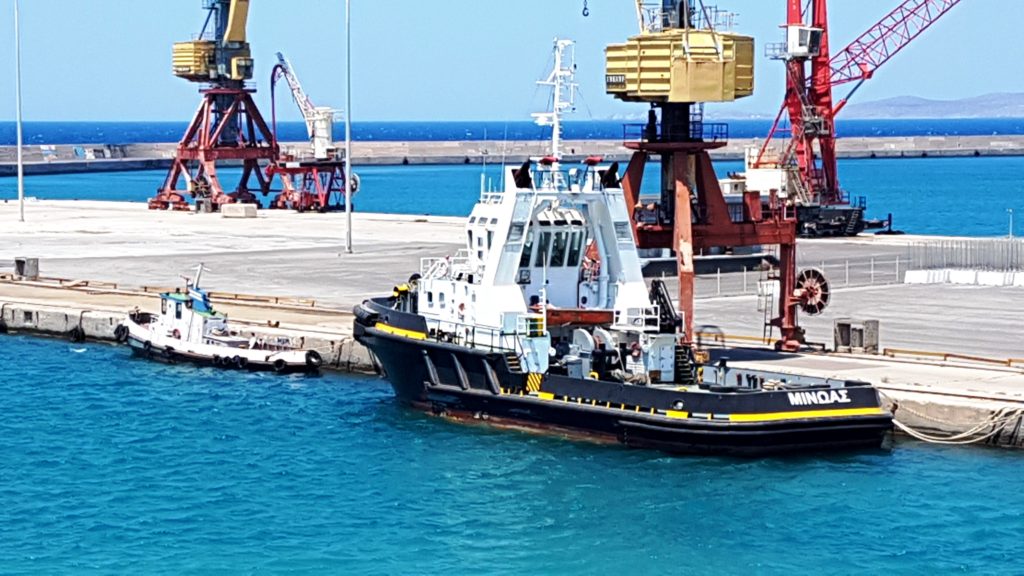
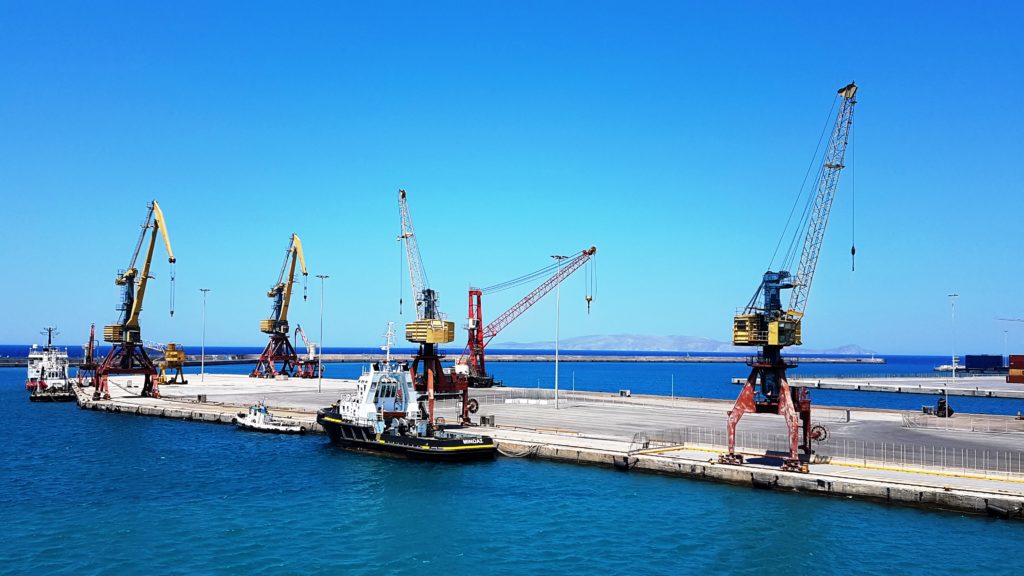
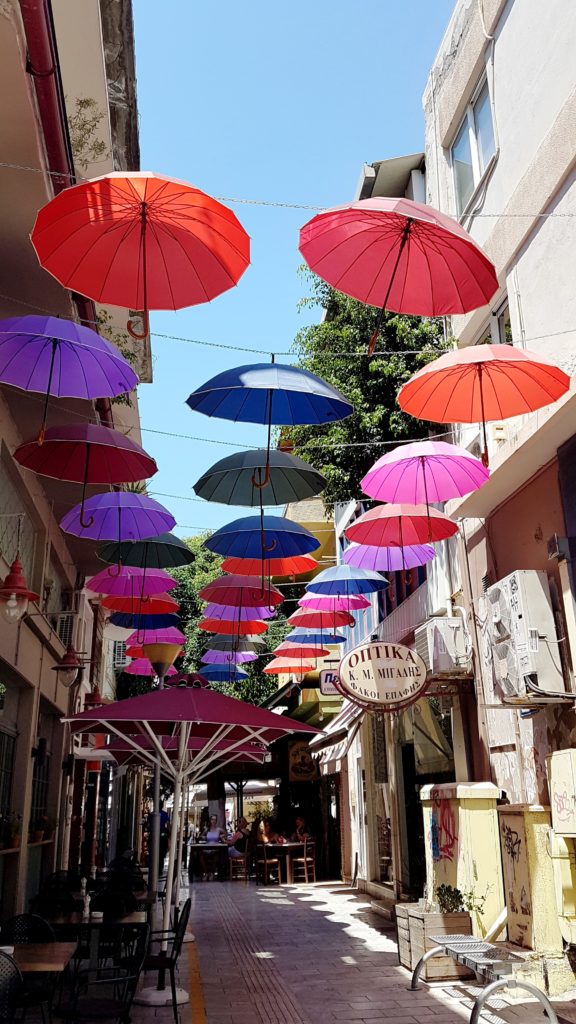
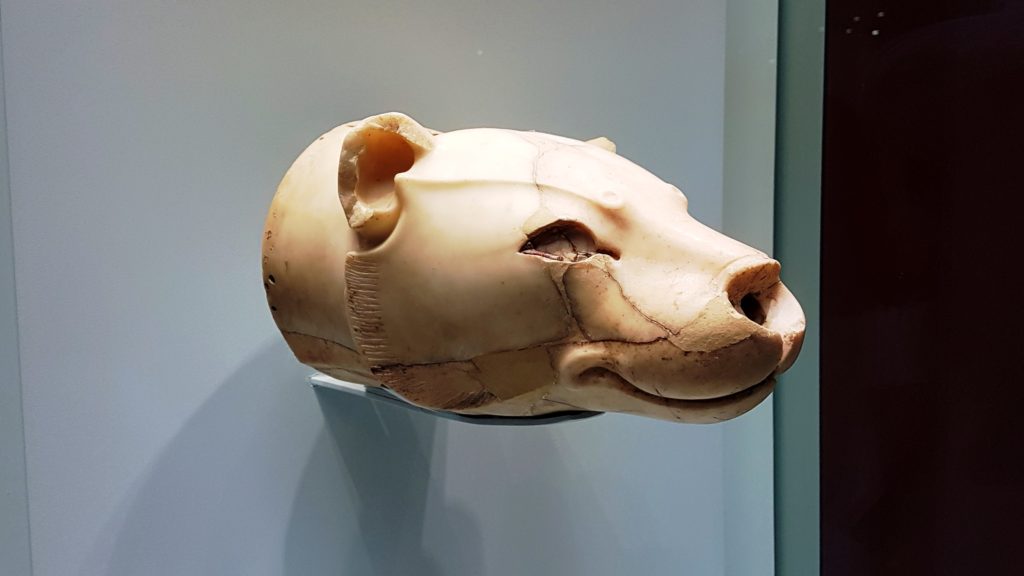
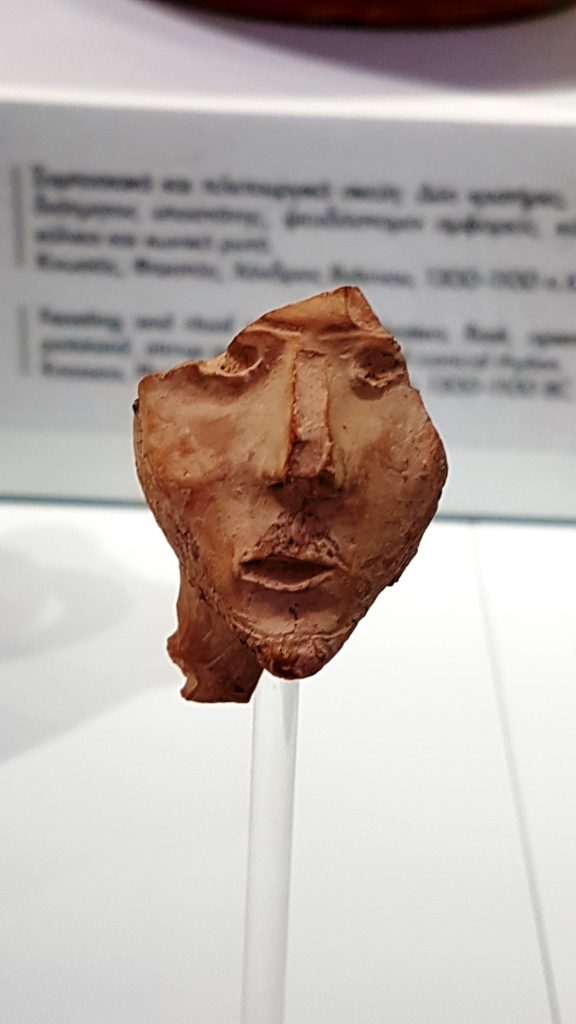
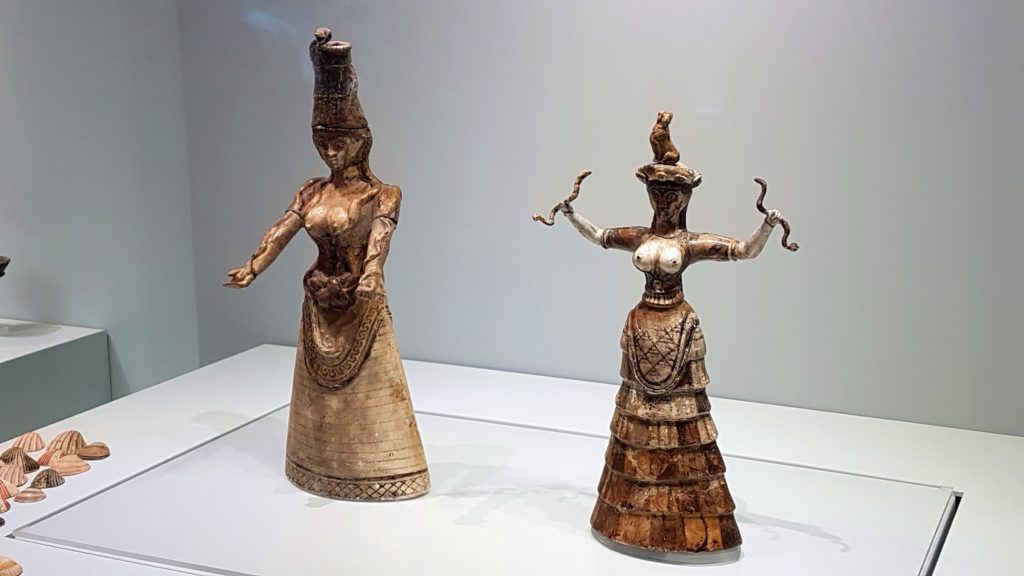
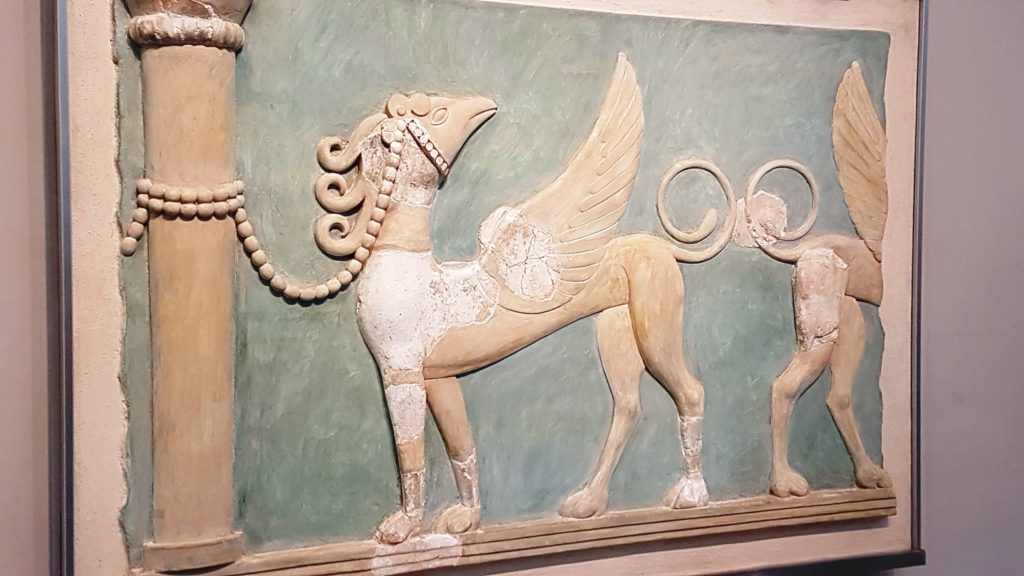

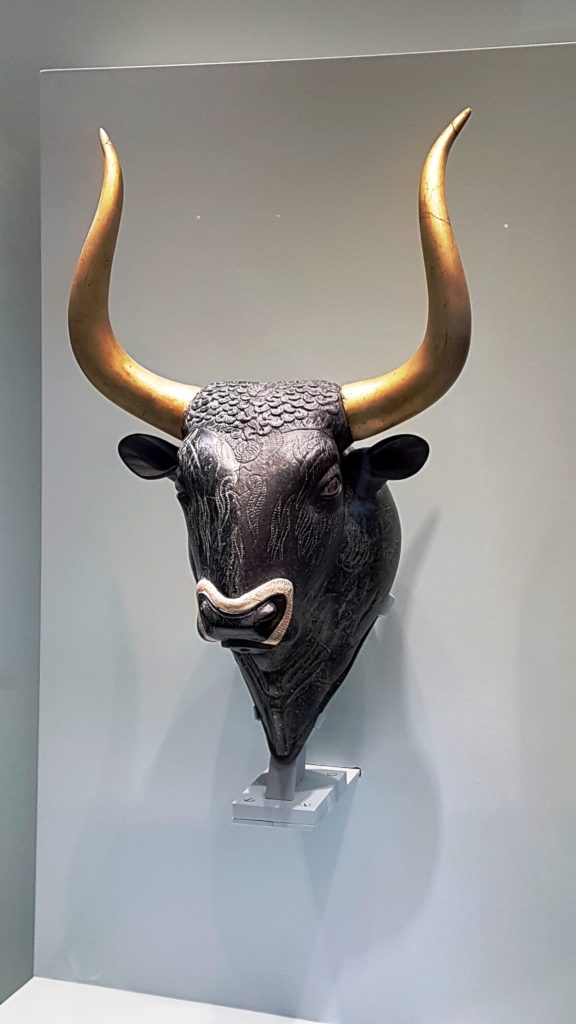
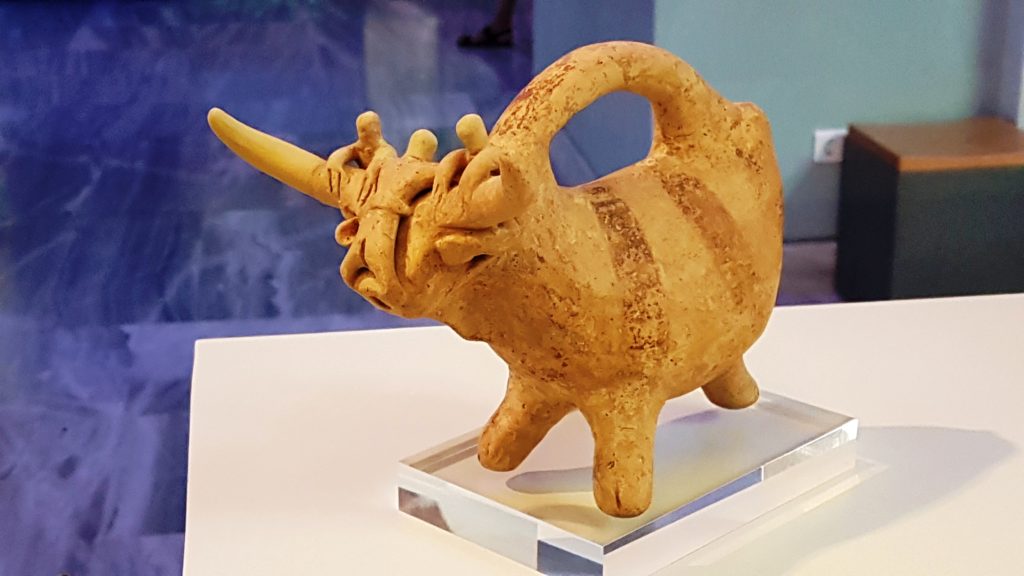
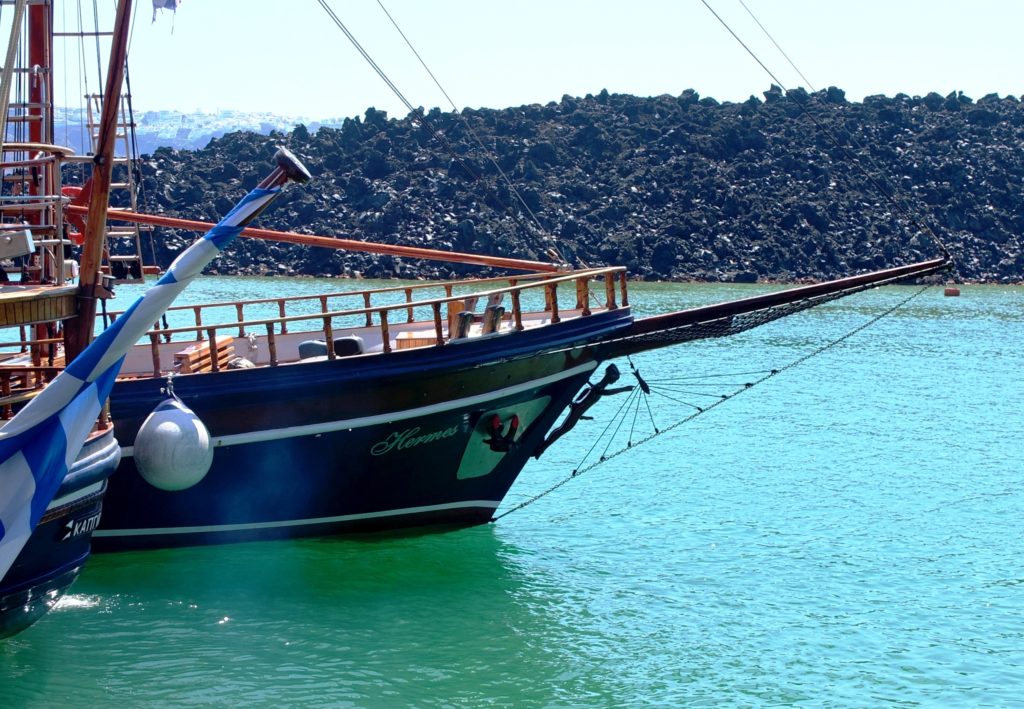
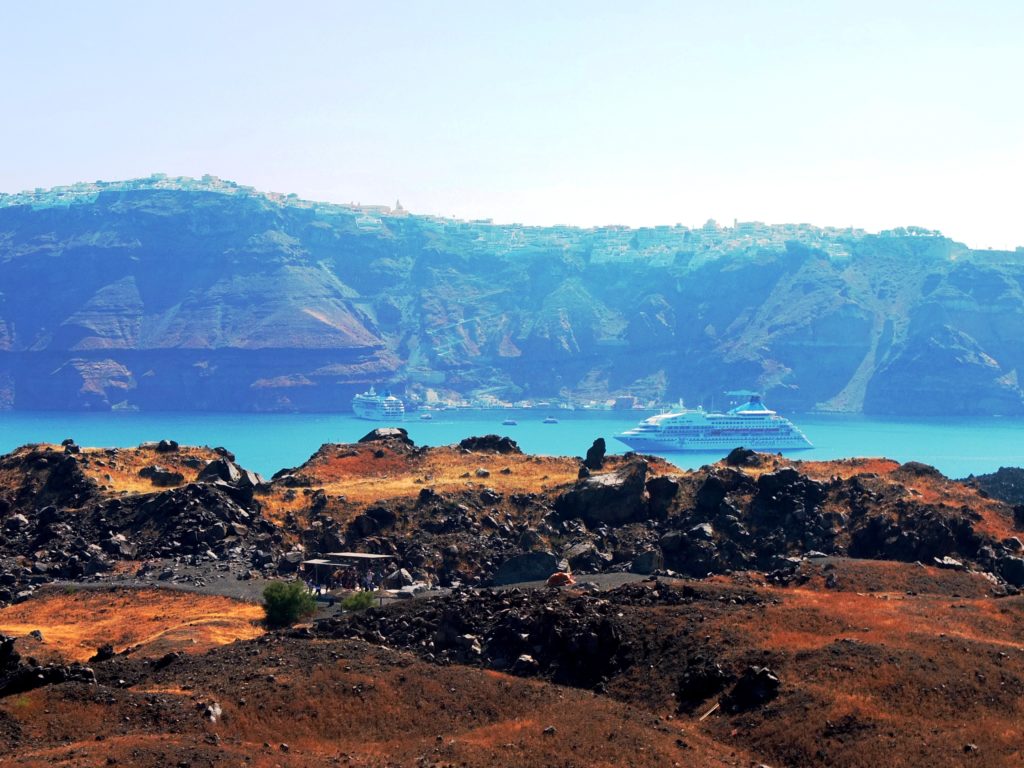
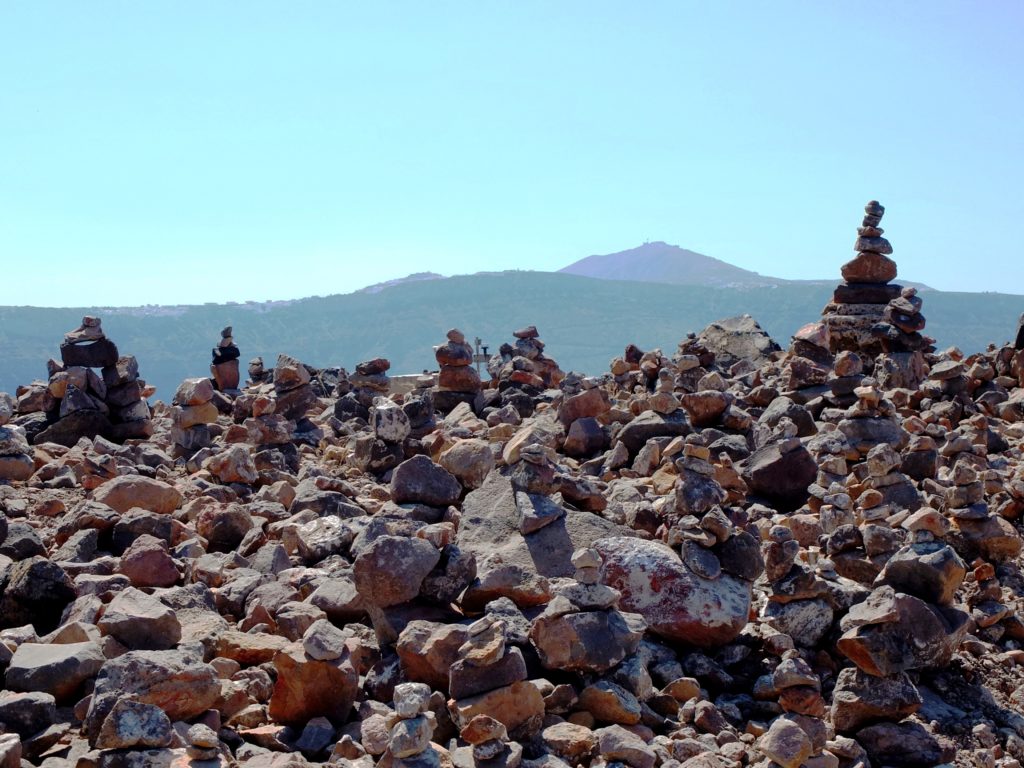
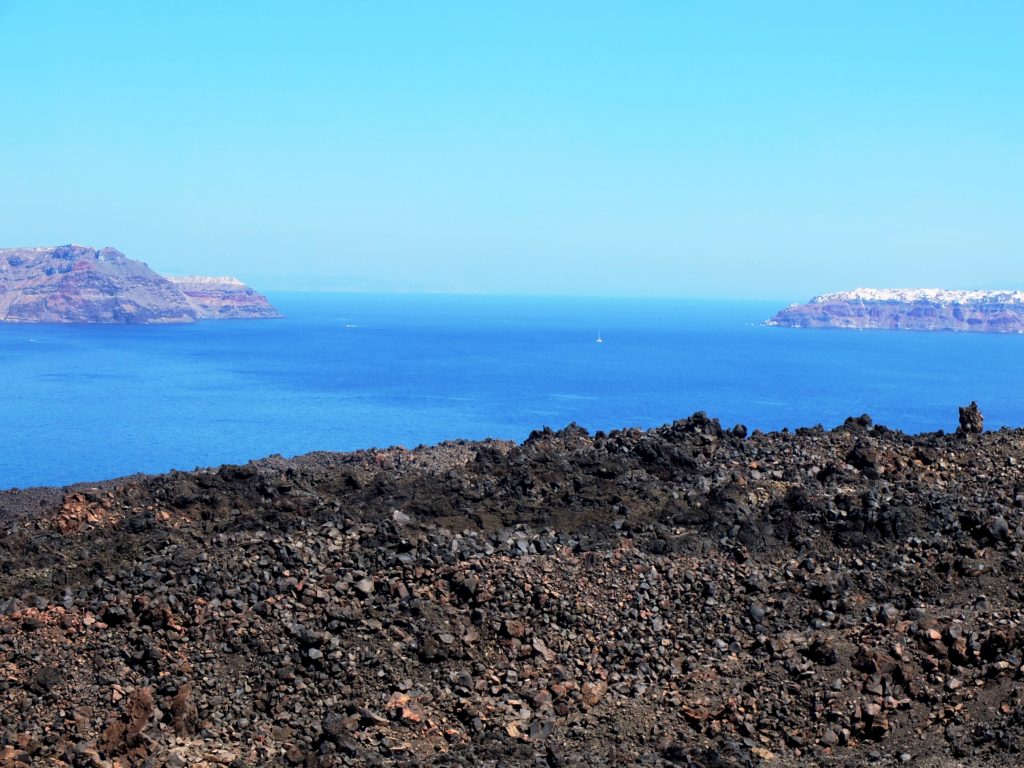

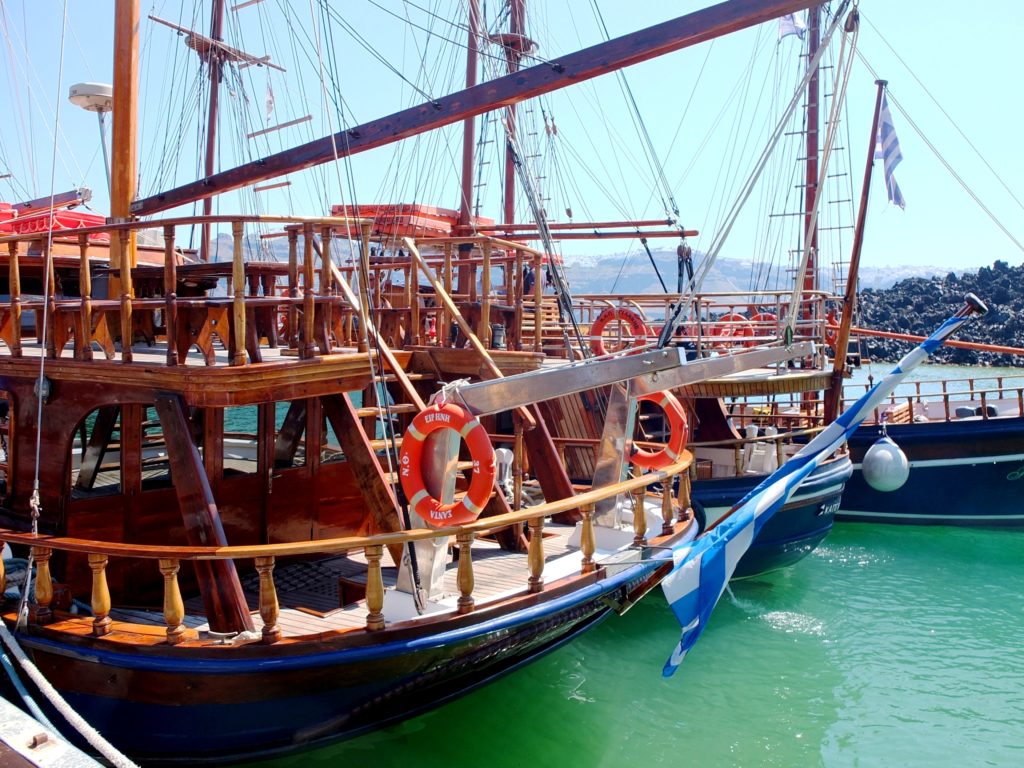
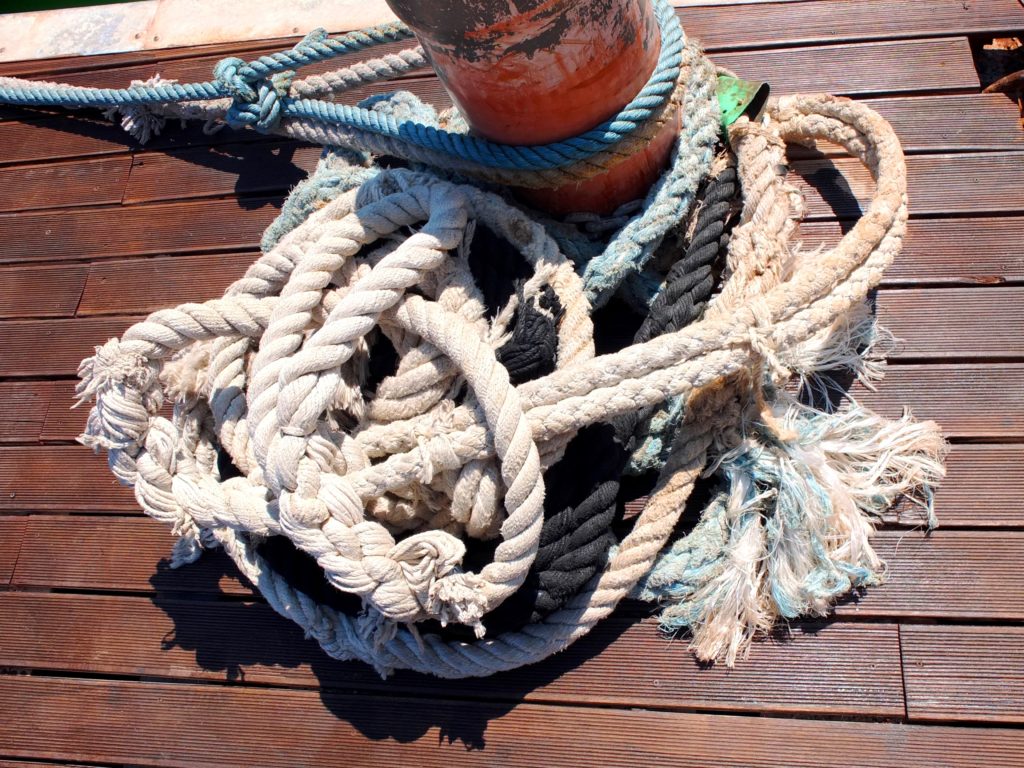
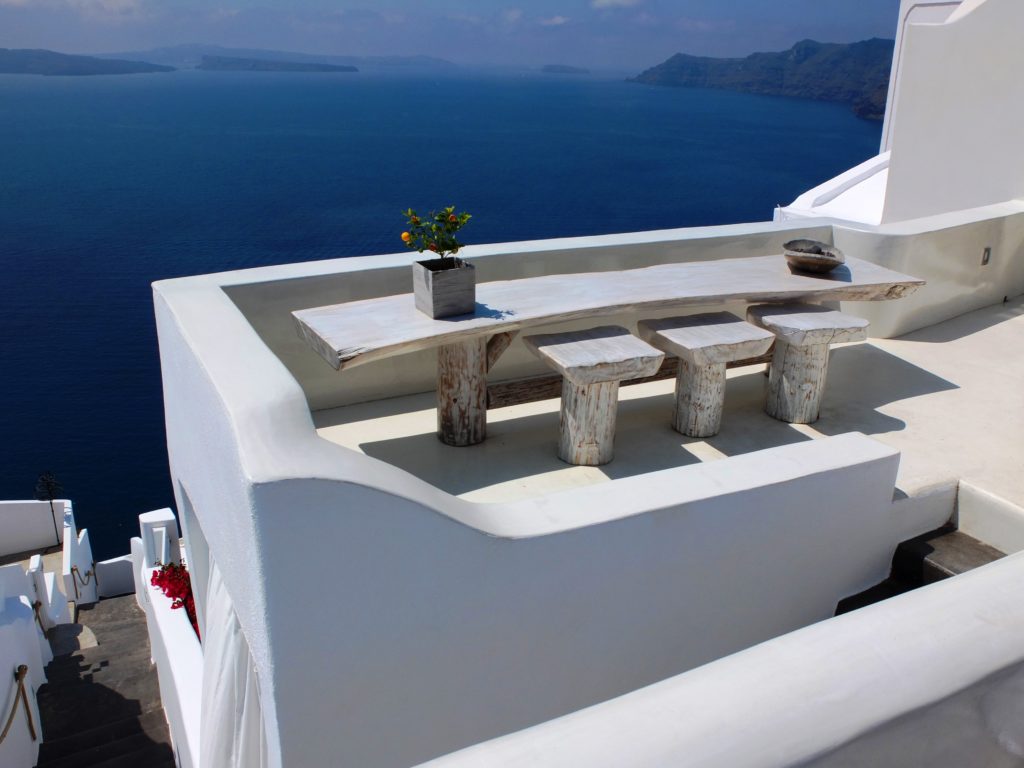
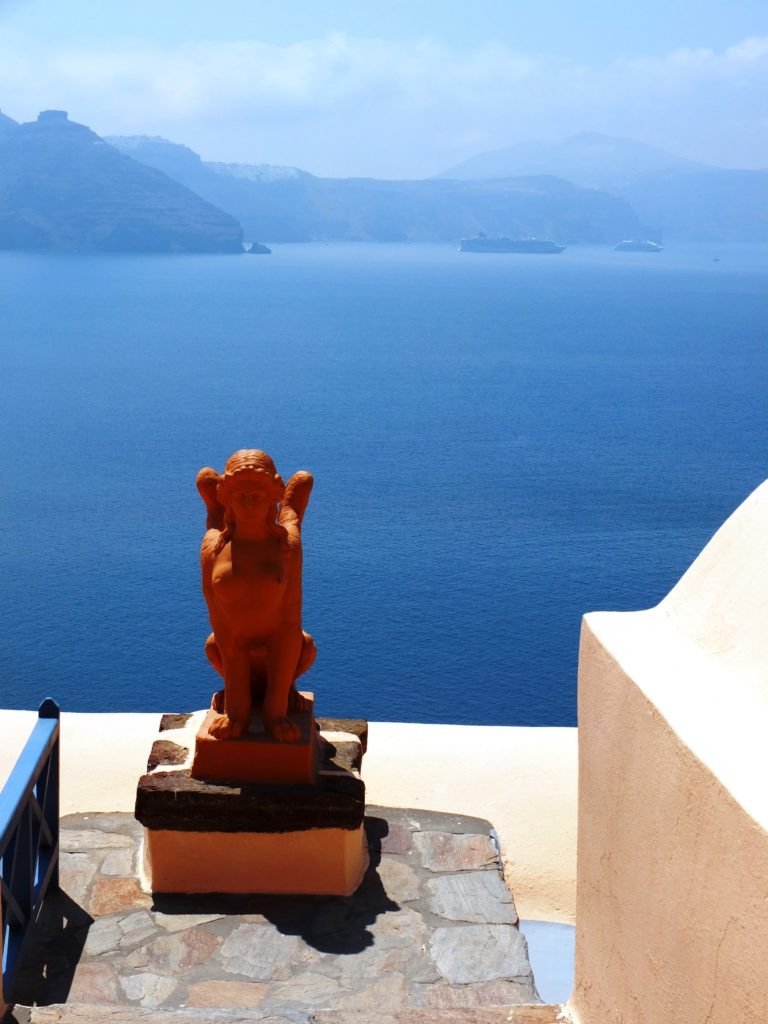
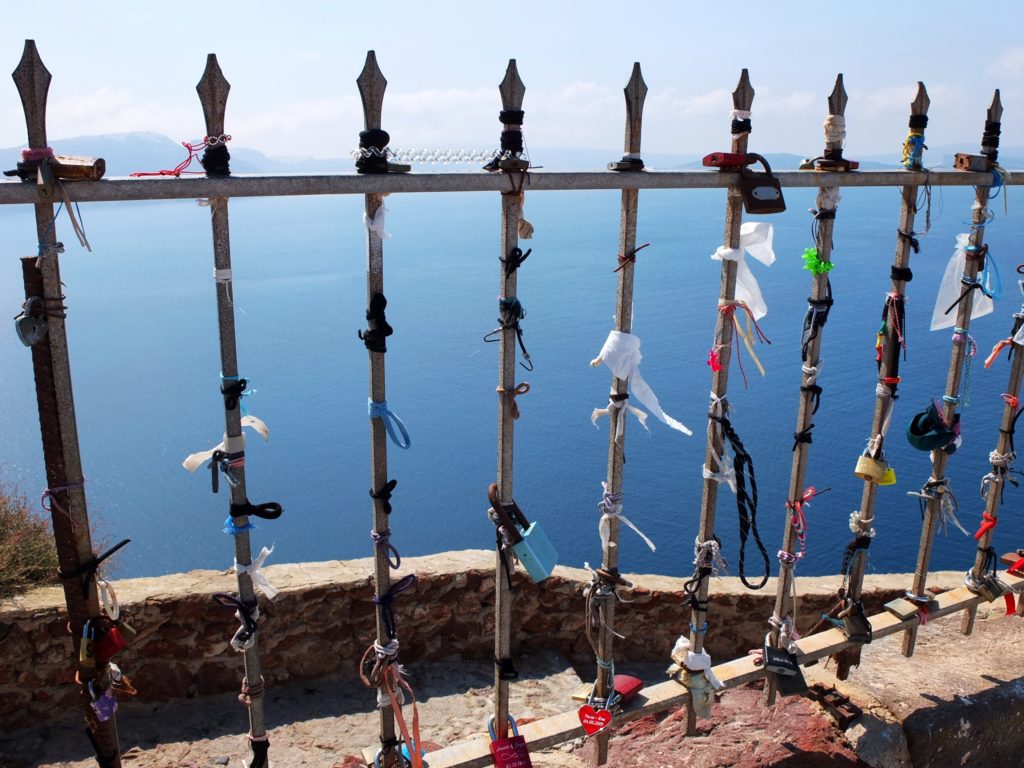
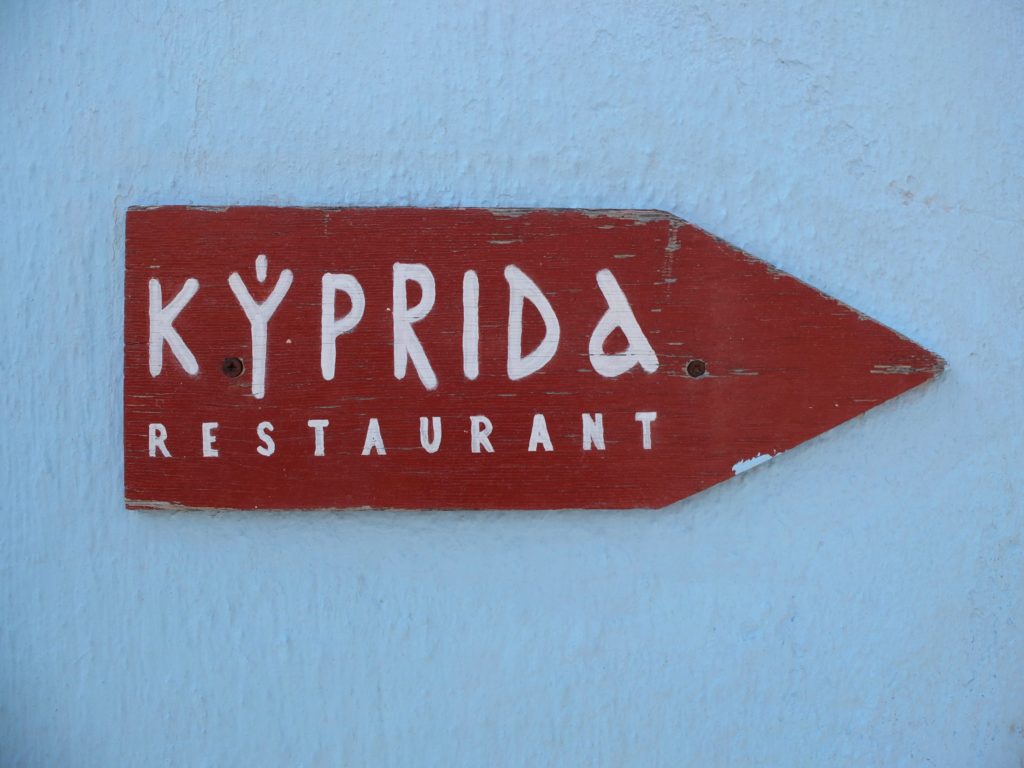
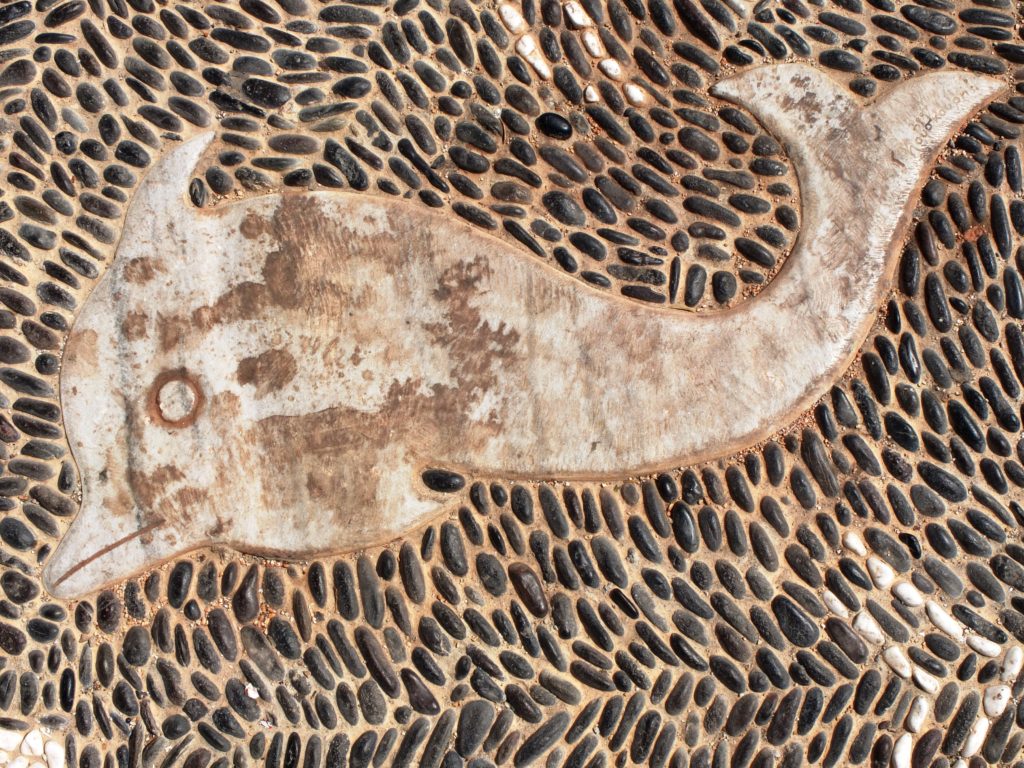
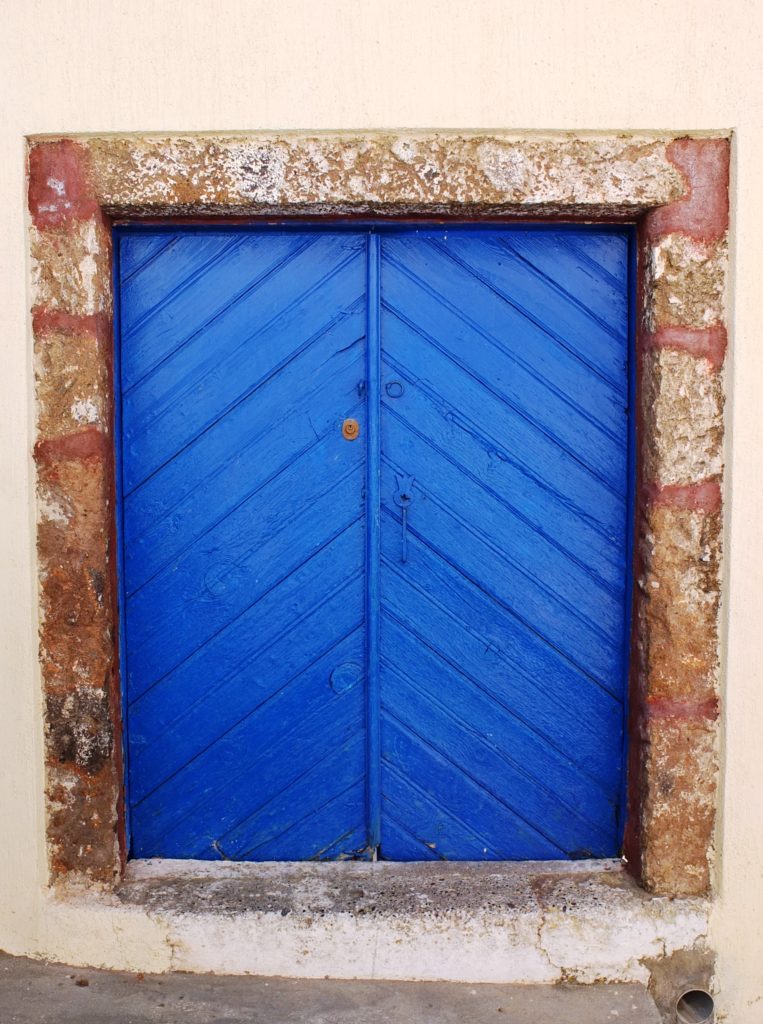
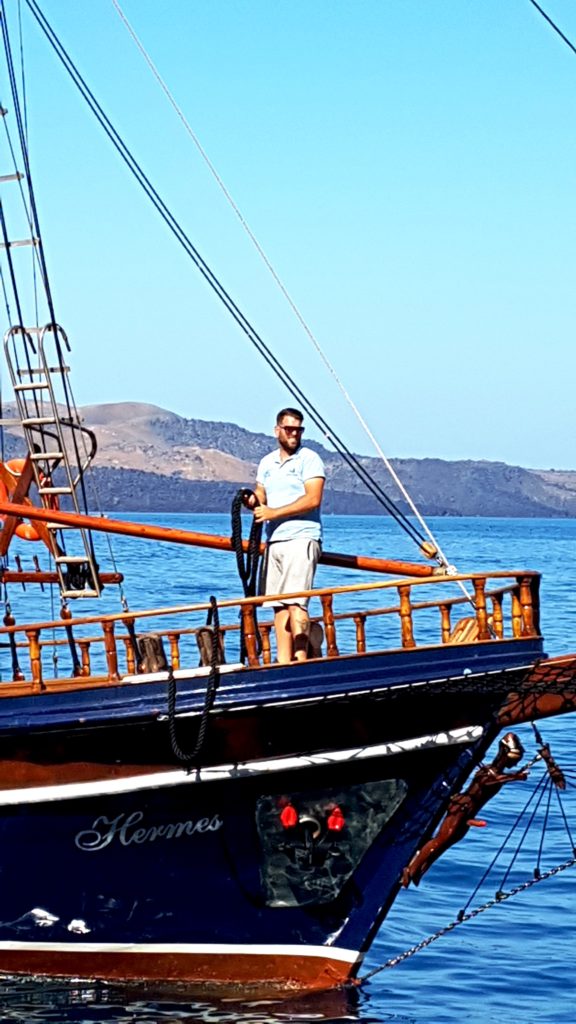
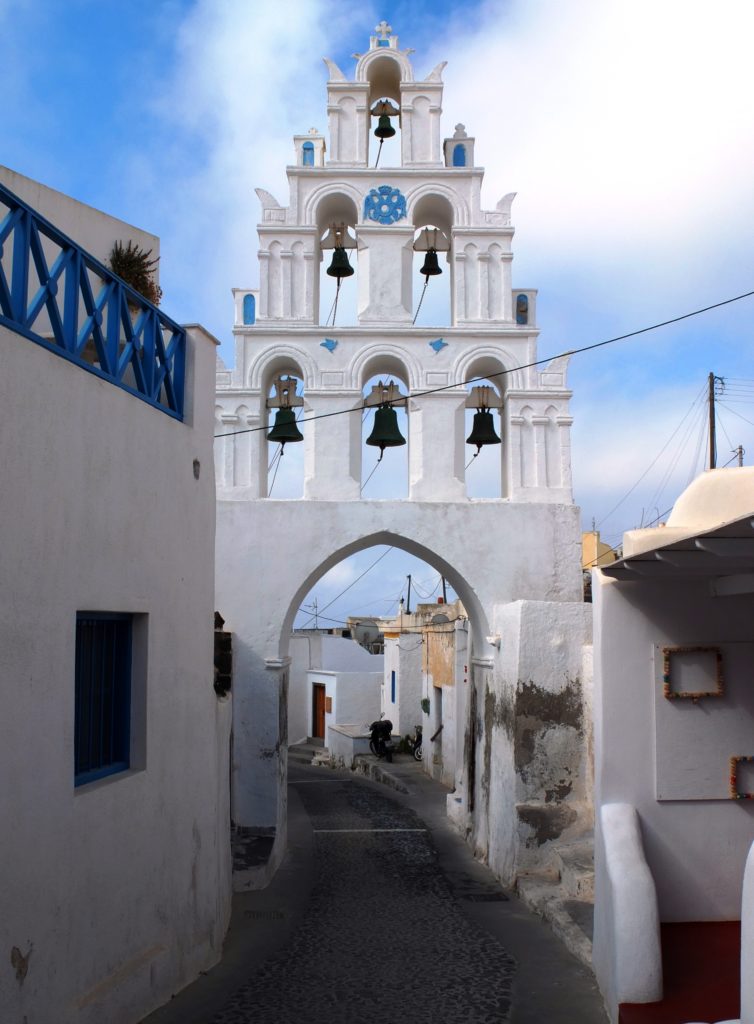
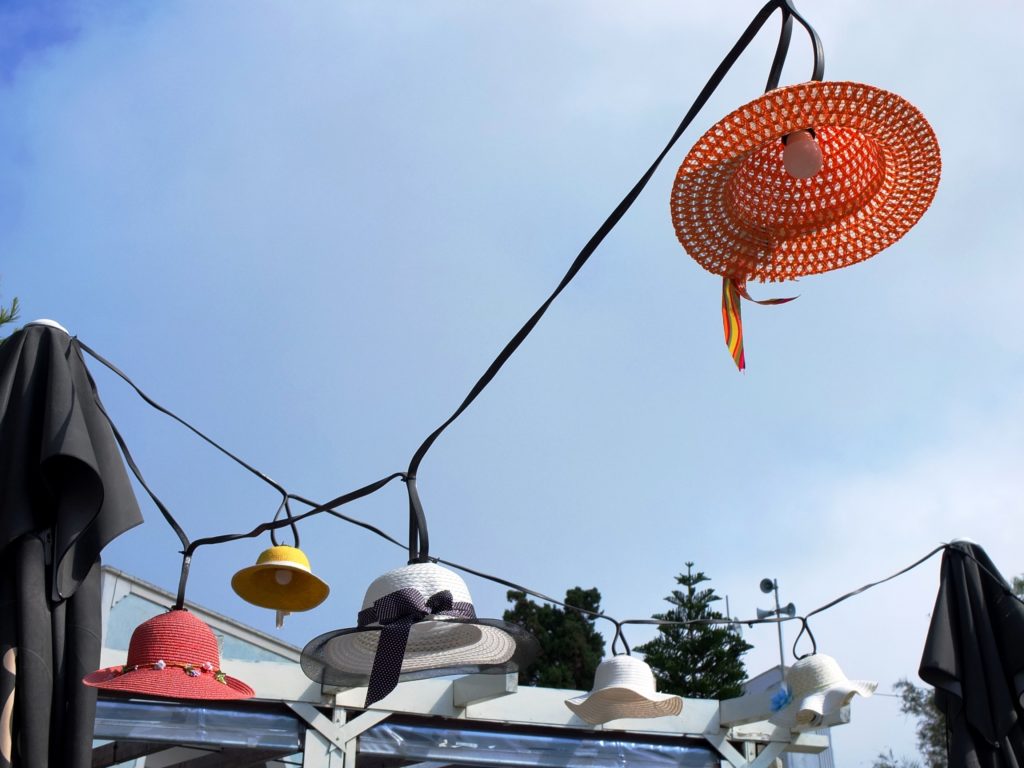
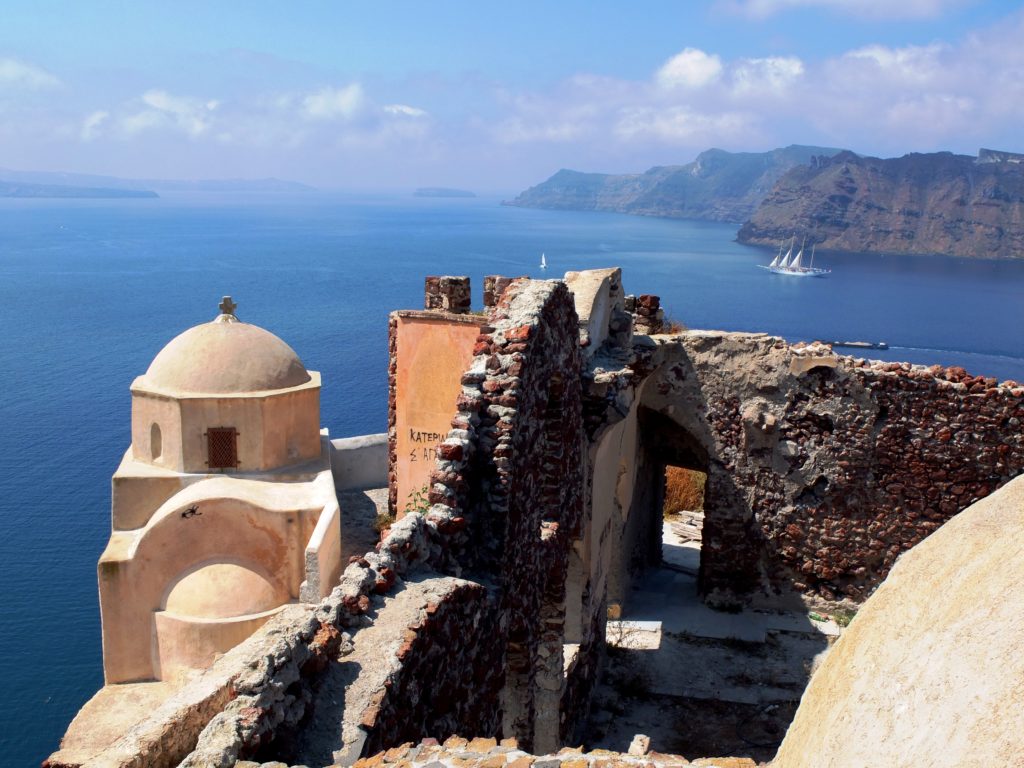
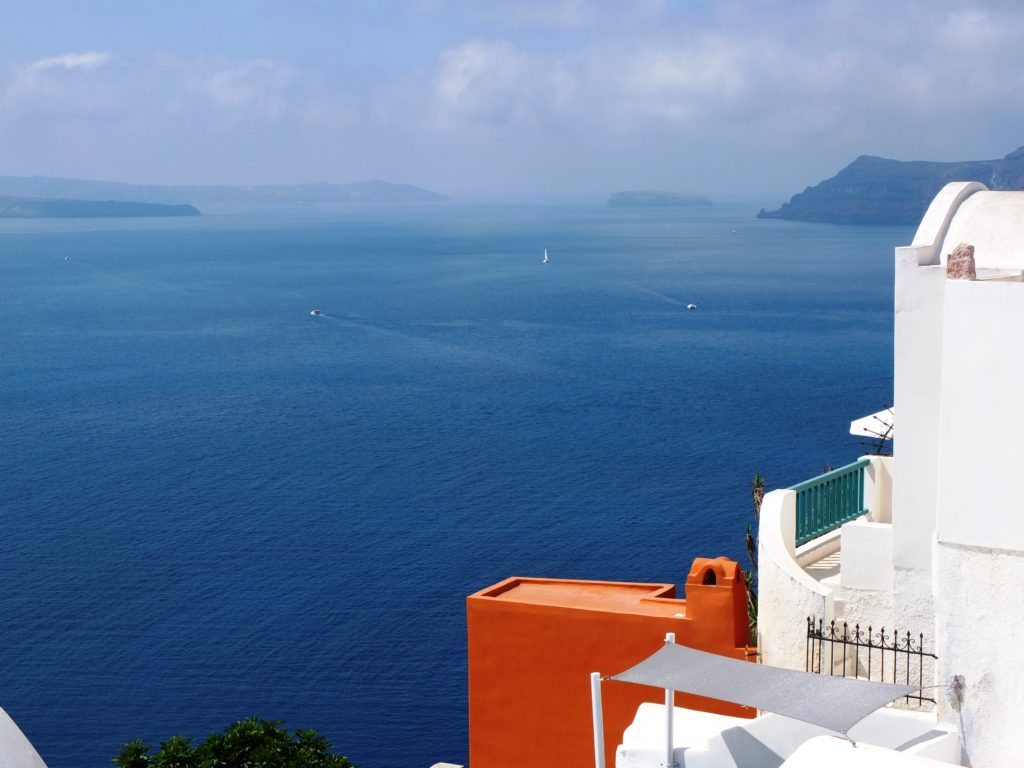
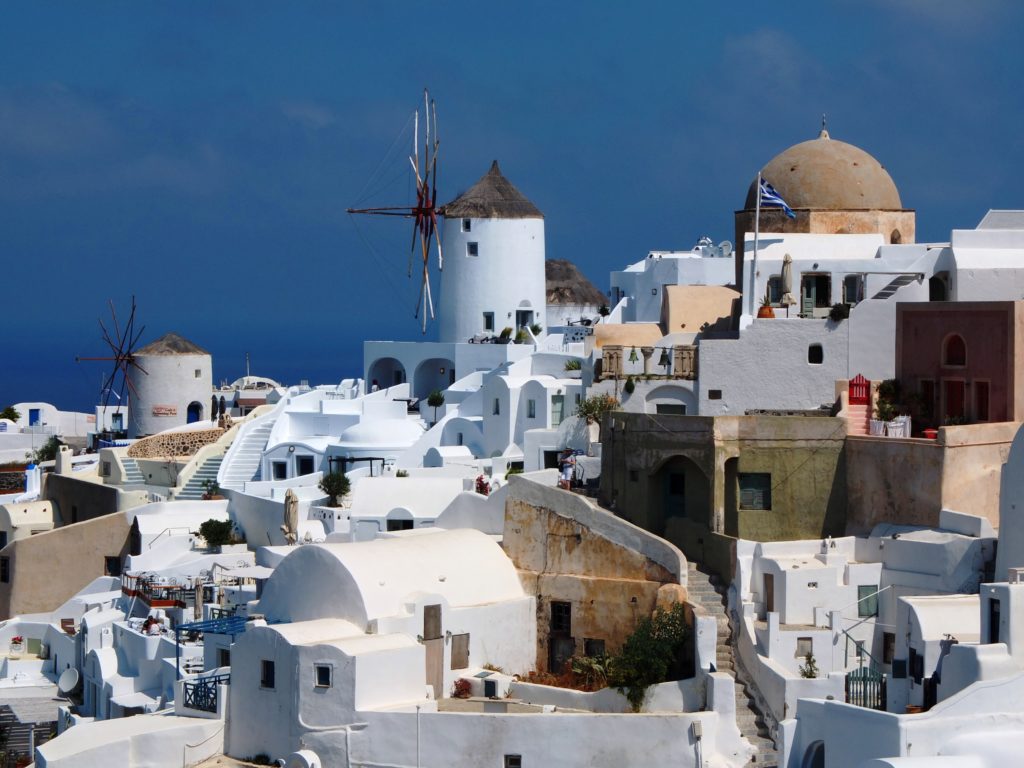
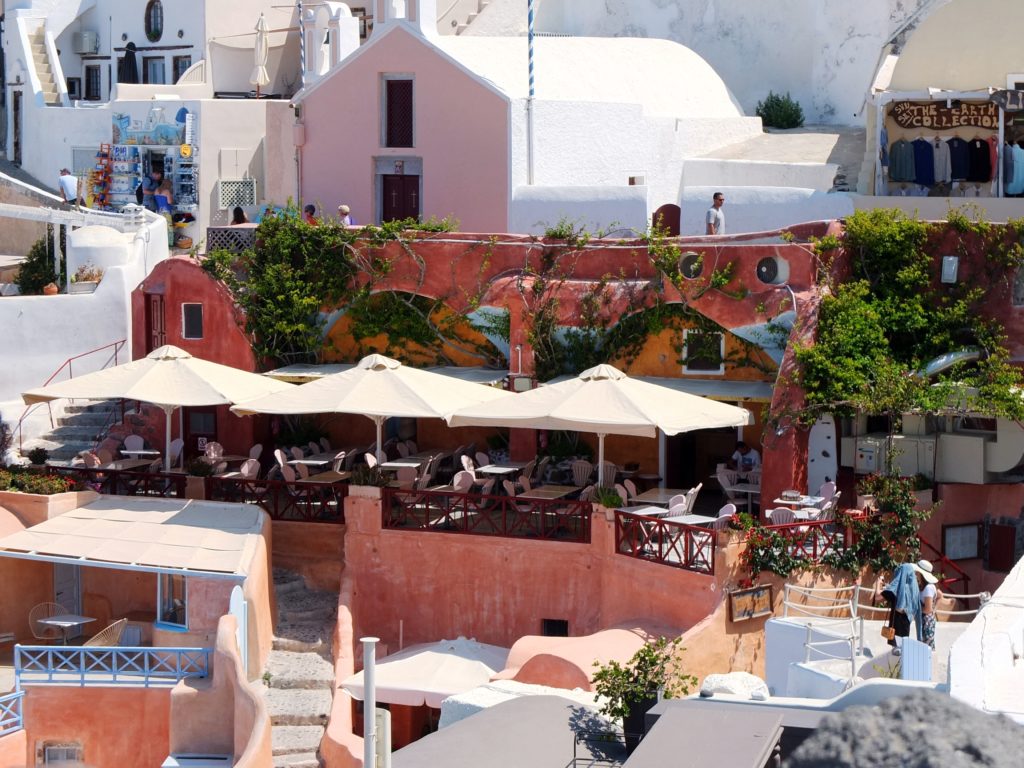
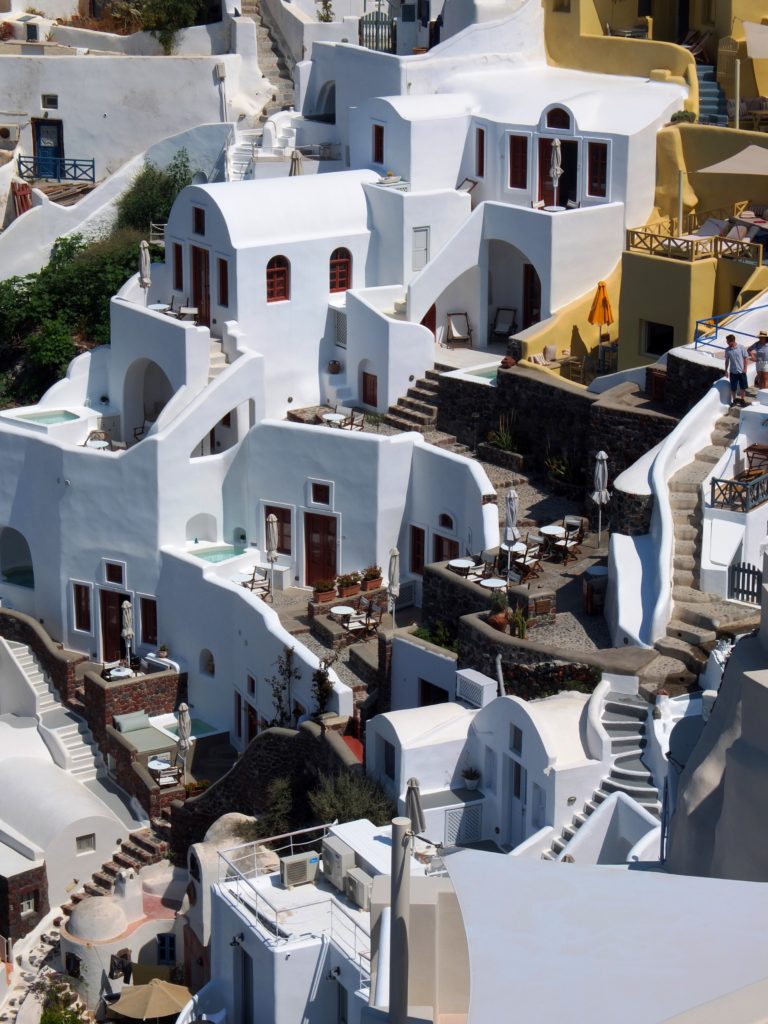
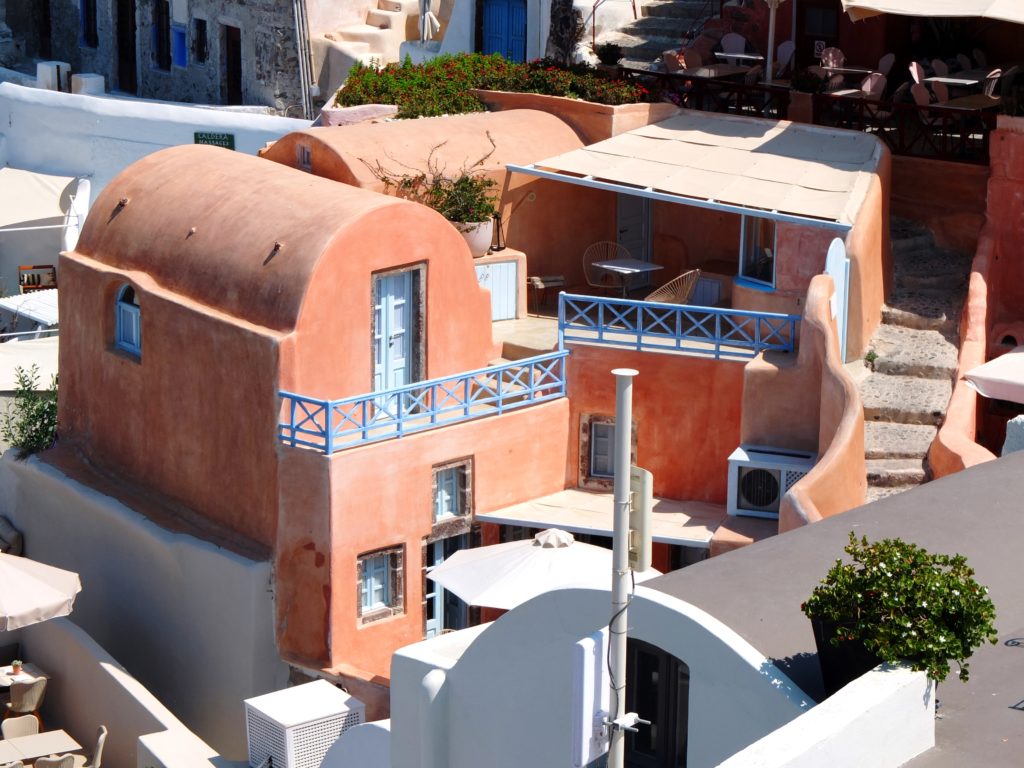
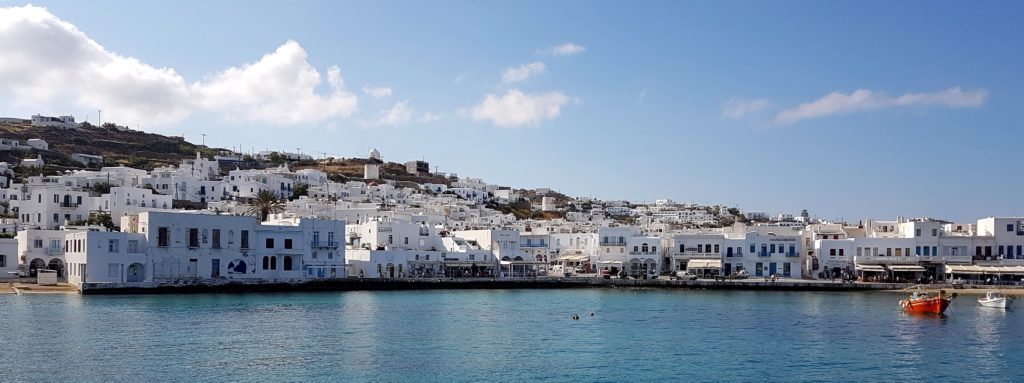
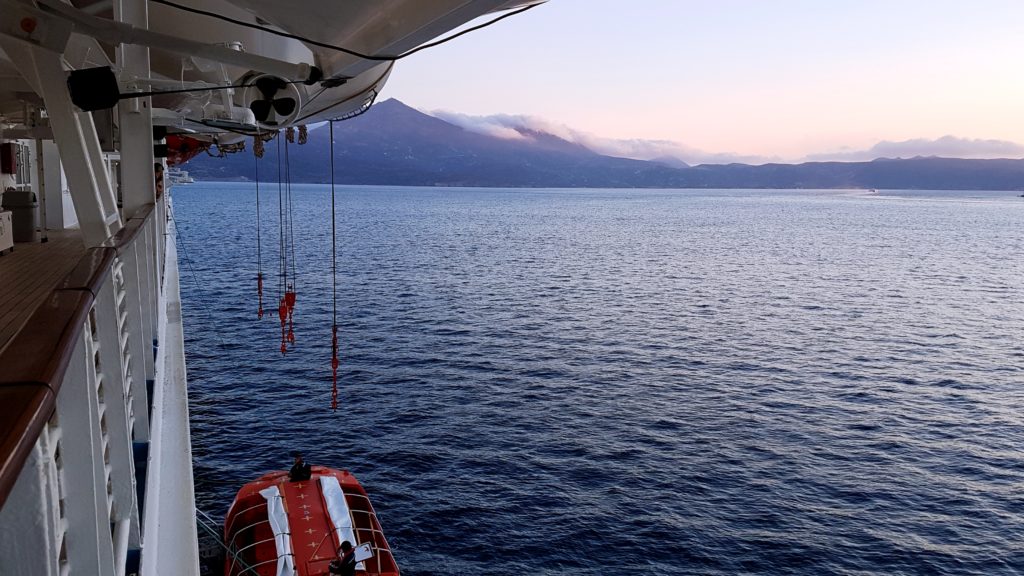
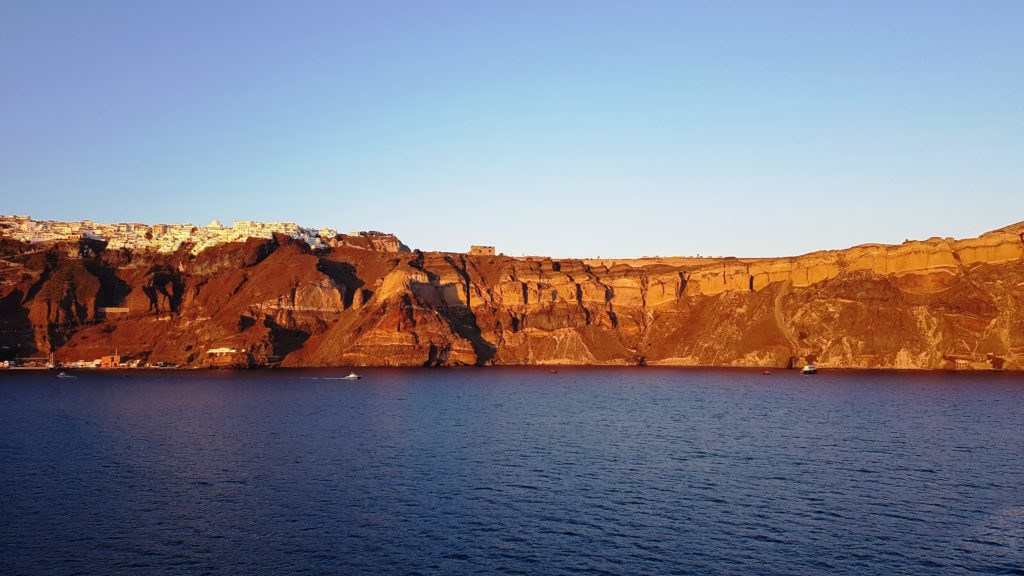
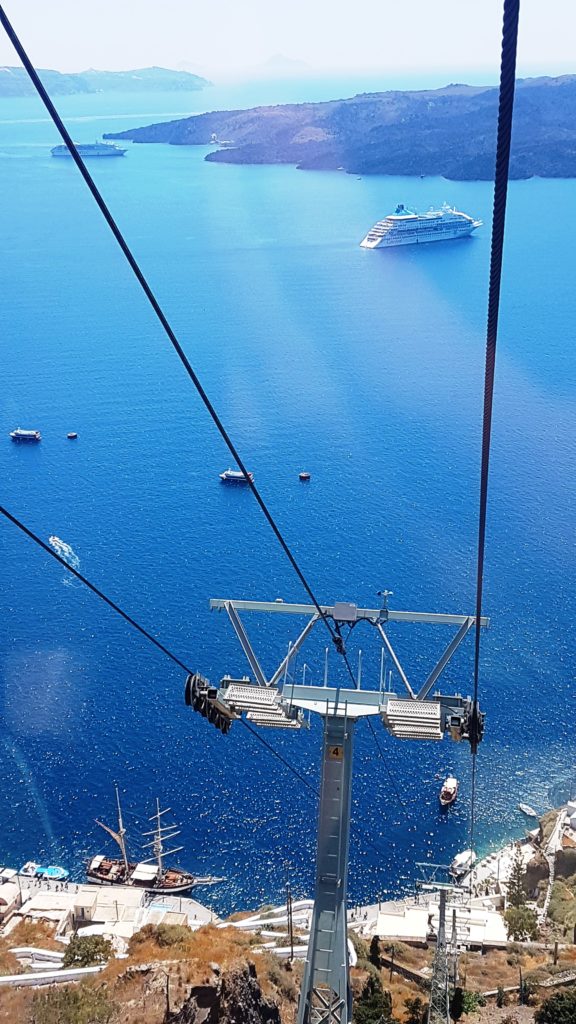
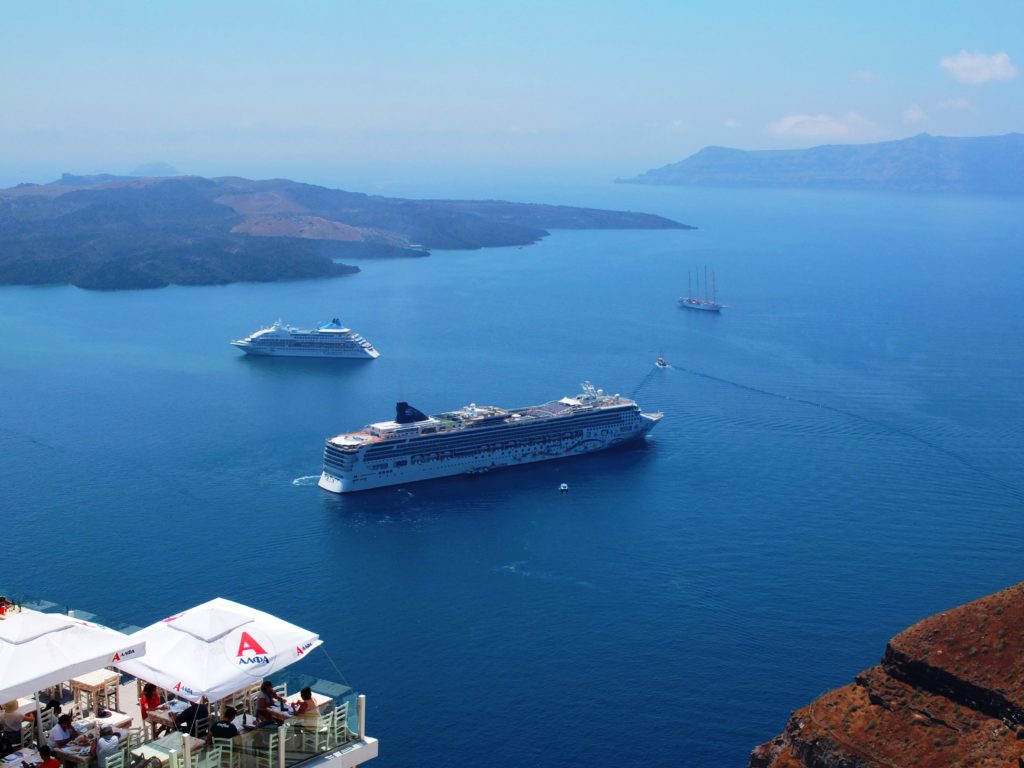
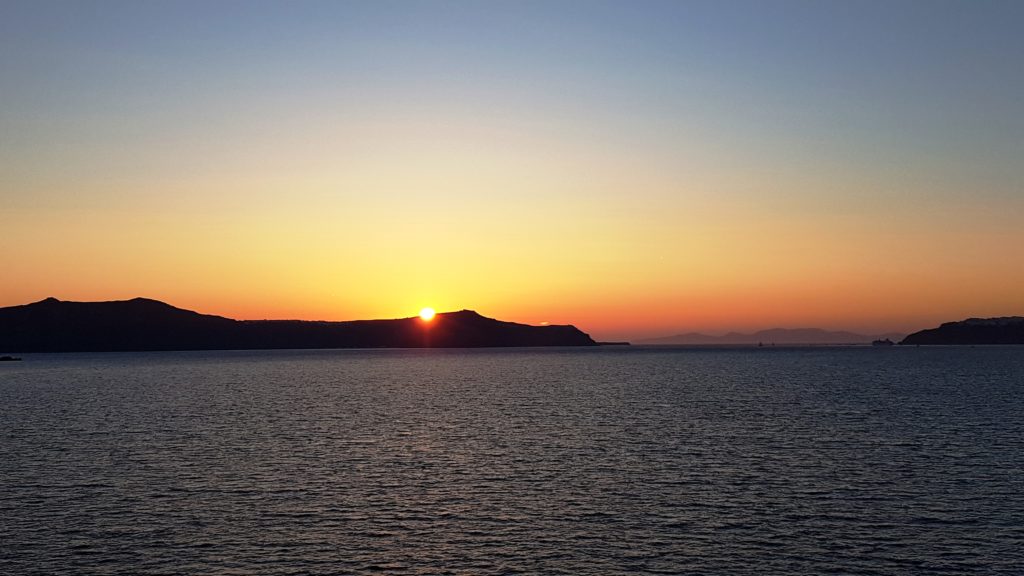


Recent Comments